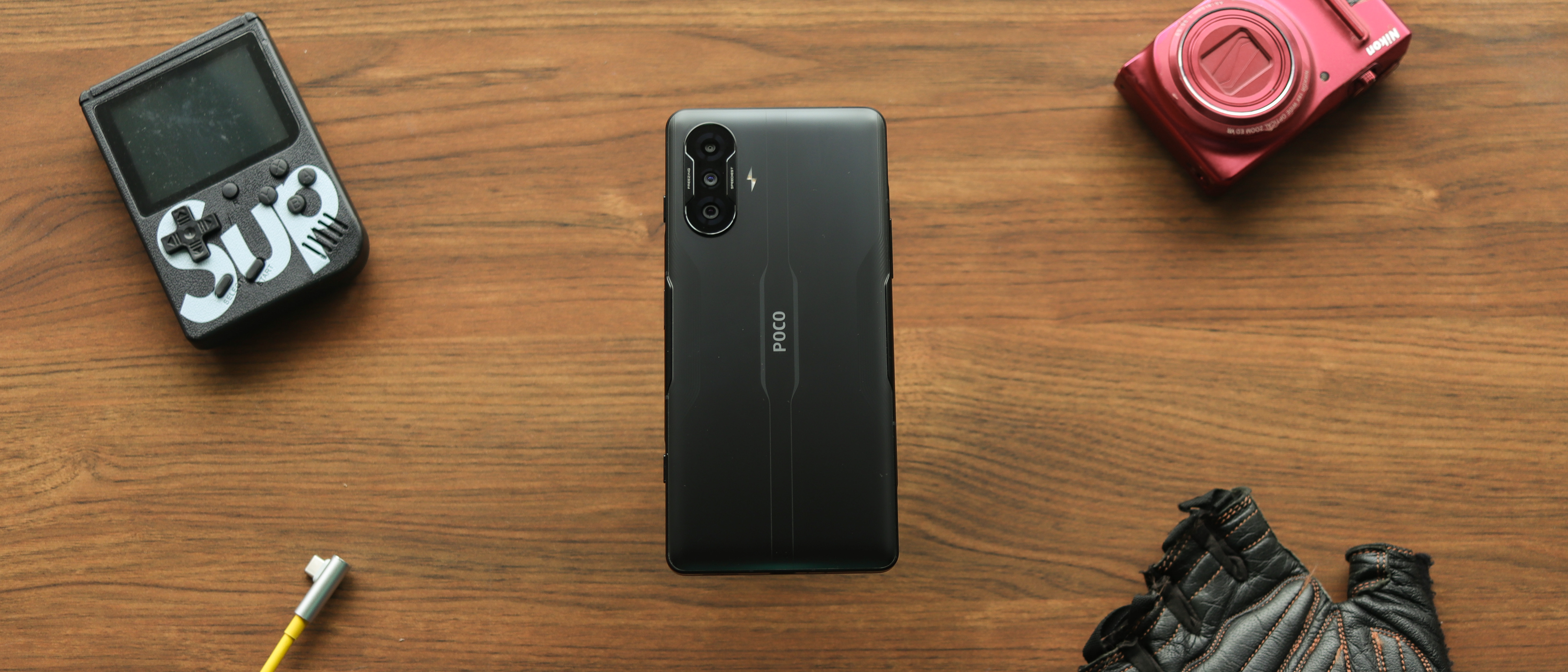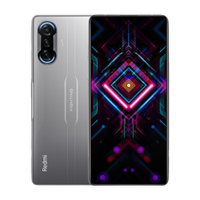TechRadar Verdict
After three long years, the Poco F3 GT is finally here — going beyond the usual performance race and becoming one of the best mid-range smartphones of the season with an excellent display, catchy design, reliable battery life and fast charging. Though, its cameras, while fine, are not great.
Pros
- +
Thoughtful design
- +
Great display and speakers
- +
Long battery life
Cons
- -
Camera performance
- -
Can feel heavy
Why you can trust TechRadar
Two-minute review
Poco F3 GT review: The Xiaomi Poco F1 was an iconic device in many ways when it launched in 2018, proving that it was possible to have a high-performance smartphone for a reasonable price. Naturally, it got users excited for its follow-up and to see what else Poco could pull off. But, that never happened.
After three long years (in a time when smartphone refresh cycles are close to six months), Poco has finally launched a new flagship smartphone in India — the Poco F3 GT. While it is a part of the high-end F series, it actually marks the start of a new product philosophy for the brand, no longer just focussing on the performance.
So, if you were in the market for a powerful yet affordable gaming smartphone in India, this is not it. The Poco X3 Pro will be better suited for gamers and power users. The Poco F3 GT will move to a new, higher positioning which will also focus on the design, cameras and the overall experience — as will upcoming devices in the F series.
It starts with the flagship MediaTek Dimensity 1200 chipset, which gives it ample power for gaming as well as daily use along with 5G capabilities. The Poco F3 GT’s closest rivals also use the same chipset, once again reminding us that it doesn’t aim to win the specs race.
The most interesting aspect is perhaps its design. Based on the Redmi K40 Gaming Edition, the Poco F3 GT looks quite cool and unique, and comes with a bunch of gaming-centric extras such as retractable shoulder triggers, RGB lighting, and quirky accents. More importantly, there are thoughtful design choices here such as a frame that is partly curved, partly flat, the positioning of the speakers to not get covered in either orientation, and even the bent USB cable.
The good stuff continues on the other side as well, as the Poco F3 GT has the best display in this segment. The screen is big for immersive viewing, fast for enjoyable gaming, bright for outdoor legibility and beautifully vibrant. Paired with the excellent speakers, it becomes a binge machine.
It houses a larger battery than the competition, giving it great reliable battery life. At 67W, it is also the highest wattage charging on any phone in India. It goes really fast from 0 to 50% and then slows down considerably — presumably to save the battery’s health.
#PocoF3GT is a very enjoyable phone, standing out from the crowd with a unique design that I love, gaming buttons and cool colours! Even the charging cable is so fancy⚡The #OnePlusNord2 continues to be our top pick in this segment though, primarily for its camera performance https://t.co/ho1fd6TfJQ pic.twitter.com/RTH2Etyb5OJuly 30, 2021
Needless to say, we had a lot of fun in our time with the Poco F3 GT. However, it is not all rosy as its cameras are quite average and far behind the segment leaders. It would’ve been forgivable, but the competition is quite intense right now and Poco made big claims about the new flagship. There’s not much else to complain about here.
Where does that leave us? The Poco F3 GT is a great option for those who do a lot of smartphone gaming but want a device that doesn’t suck at everything else. Its screen and speakers are second to none, as are its battery life and charging figures. If the camera performance was a little better and more consistent, the Poco F3 GT would’ve been very close to being the best phone under Rs 30,000.
Poco F3 GT price in India and availability
6GB+128GB: Rs 26,999
8GB+128GB: Rs 28,999
8GB+256GB: Rs 30,999
Launched on July 23, the Poco F3 GT comes in three variants. The 6GB+128GB variant is priced at Rs 26,999, while the 8GB+128GB variant is priced at Rs 28,999 and the top-of-the-line 8GB+256GB model is priced at Rs 30,999. It is available on Flipkart in black and silver colour options.
There’s also an interesting offer going on, where all the variants will be available at a discount of Rs 1,000 till August 2, and at a discount of Rs 500 till August 9, before going on sale at the usual price.
At that price, it competes with the OnePlus Nord 2 which starts at Rs 29,999 and the Realme X7 Max which goes at Rs 26,999.
Design
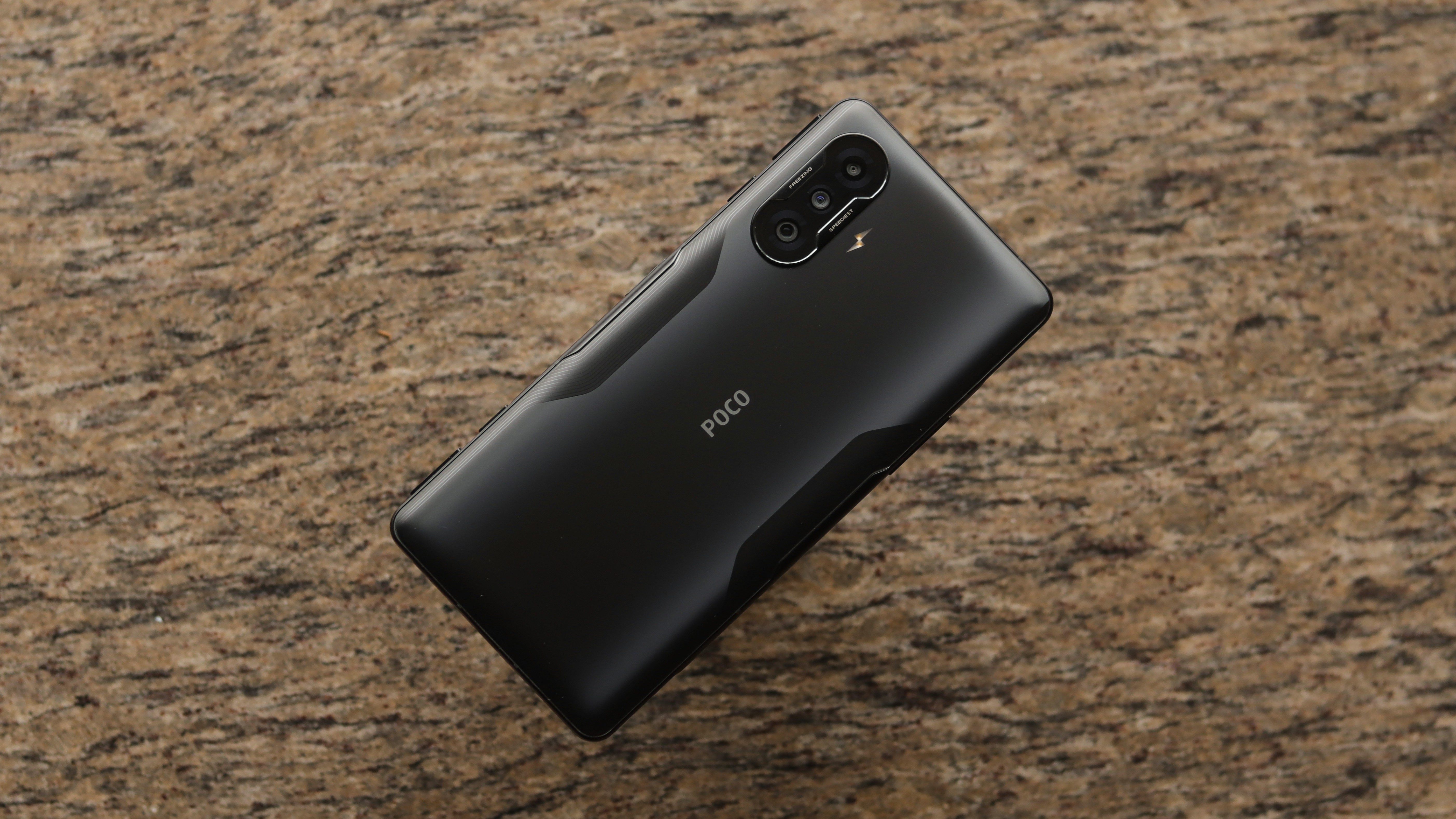
Poco F3 GT in Predator Black
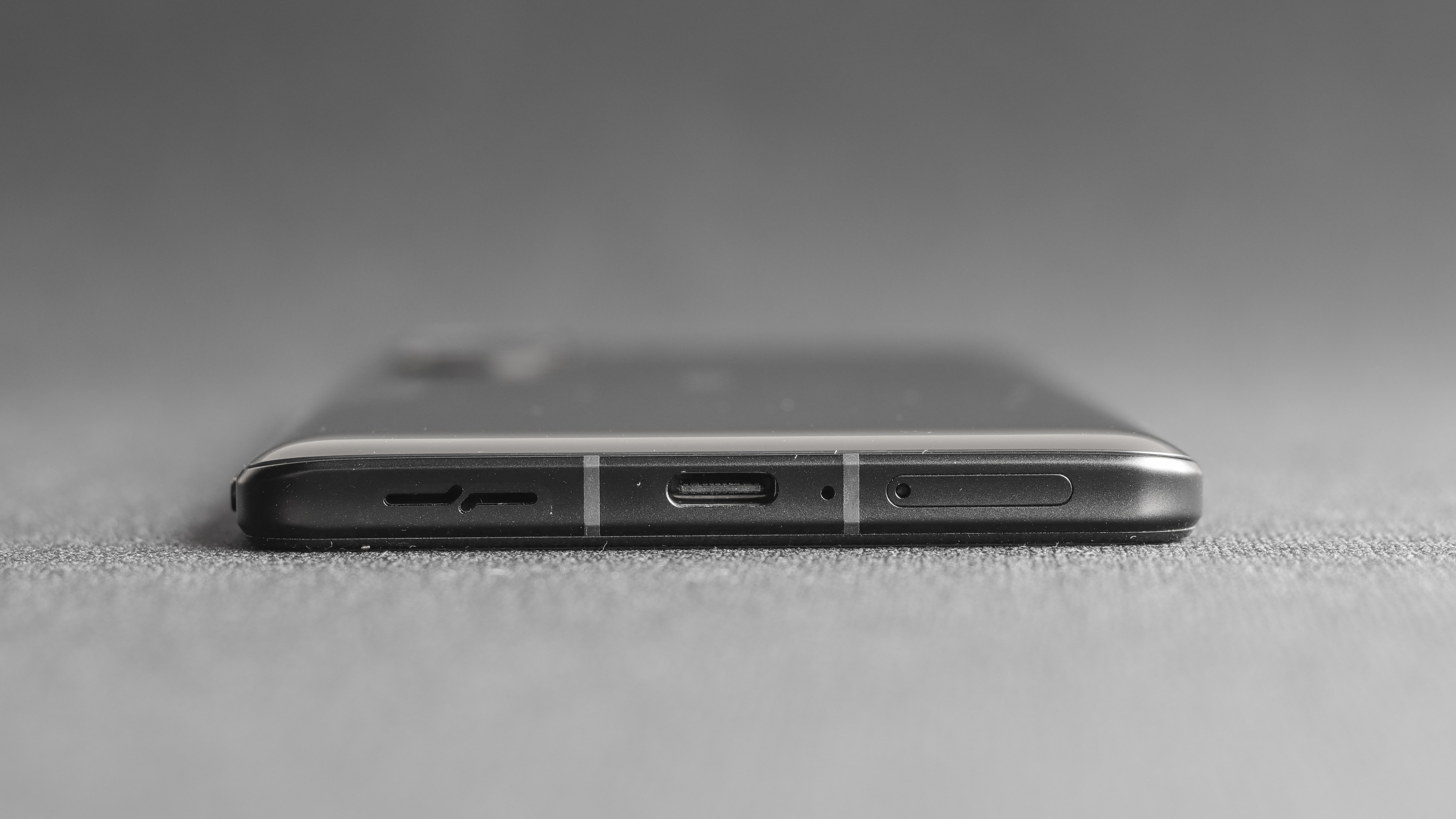
Poco admits that design was not a big priority for them in the past, but wants to change that with the Poco F3 GT. For its first real attempt, it’s done a fine job at creating a phone that is fancy, classy, ergonomic and over the top — all of it at once!
It comes in two colourways, Predator Black (pictured in this review) and Gunmetal Silver, with the former being more understated and the latter, more ostentatious. The silver one is quite flashy and is a rather uncommon colour, and it shines beautifully. The black colour has a matte finish that is immune to fingerprints and looks quite subtle unless the light hits it right.
There are contrasting lines running across the back which give it some character, while the Gorilla Glass 5 protection on top keeps everything pristine. What we didn’t like was the addition of random words like “freezing” and “speediest” which really go against the phone’s premium positioning.
The cameras are almost flush with the rest of the back panel.
The camera module has subtle breathing RGB lighting on the top and bottom that lights up during notifications and charging and looks cool without going crazy like some other gaming phones. And in what might be the silliest easter egg in smartphone design, the flash looks like a flash. We’re fans of how well this phone balances these quirks and subtlety.
The best design choice is the frame, which has three different curvatures. Apparently the first phone in India to do so, the Poco F3 GT has curved sides for better handling in normal cases, flat corners for an easier grip for instances such as photography, and concave top and bottom to aid gaming in landscape. It might seem like a small touch but goes a long way in making it more ergonomic.
These comfort-driven elements are important as the phone is quite heavy otherwise, coming in at over 200g. Thankfully, the weight is well distributed from the top to the bottom.
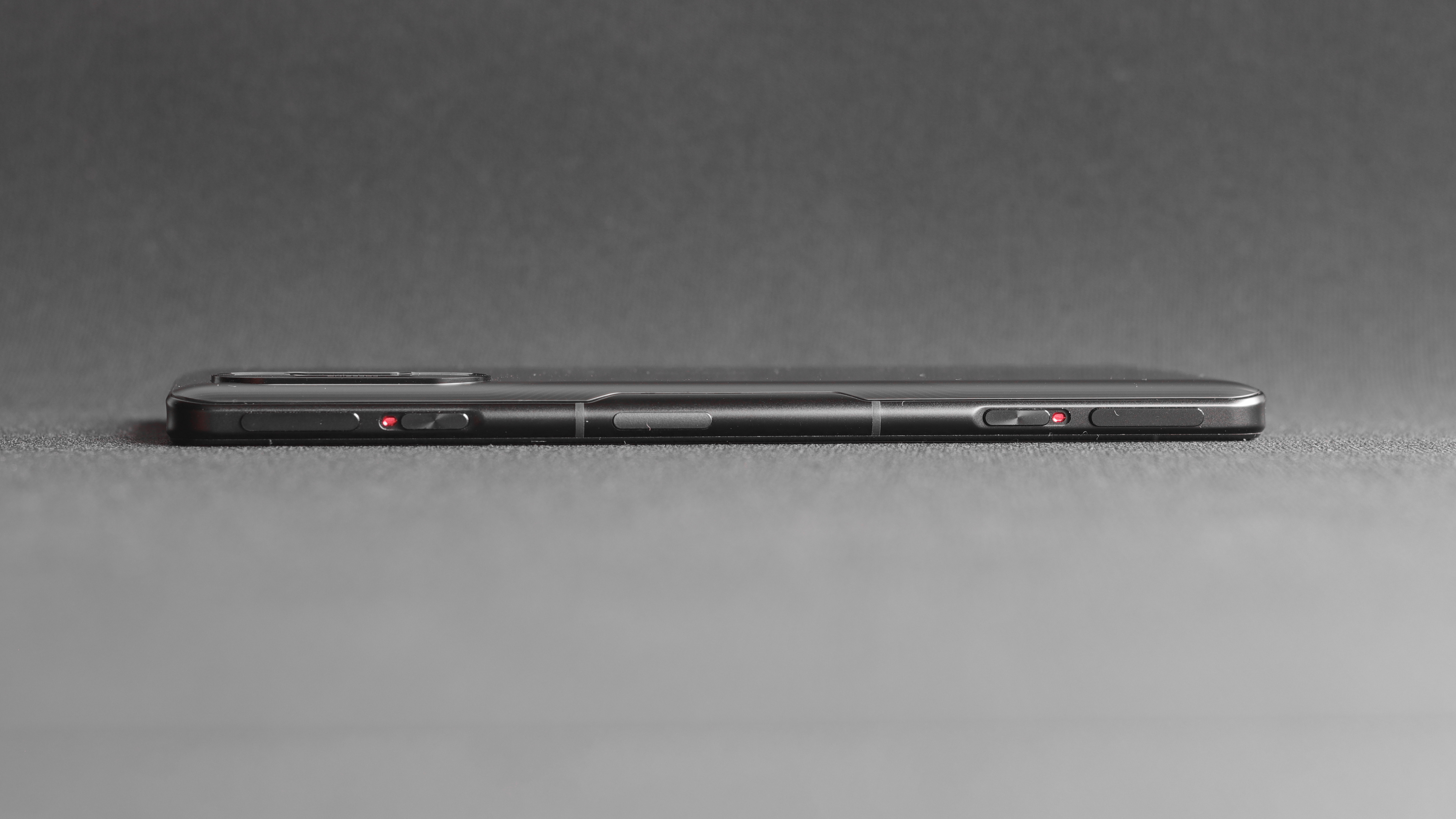
Shoulder buttons
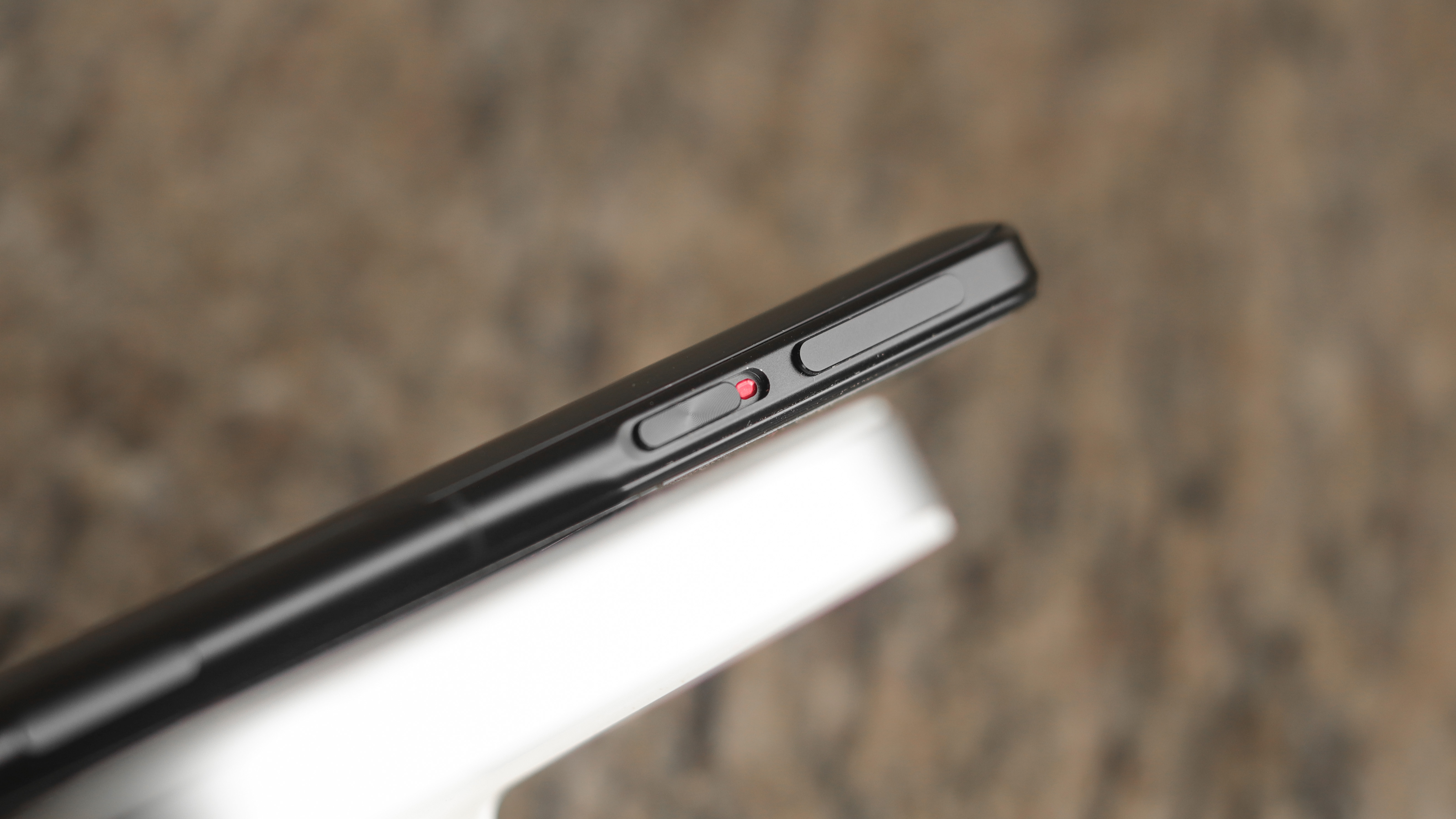
The Poco F3 GT is also the first smartphone from Xiaomi (excluding Black Shark) with gaming-specific hardware additions that give it an edge over the competition. On the right edge are two sliders, which activate the “Maglev triggers” when flipped. These are mechanical shoulder buttons that can be mapped to any points on the screen for gaming and are meant to be used by the index fingers — opposed to other gamers who will be limited to two thumbs for input. More about them in the performance section.
Additional moving parts and openings are always a bad idea on smartphones, so it remains to be seen how well these sliders and buttons last.
The other aspect that was ingenious was the speaker placement. The two loudspeakers are placed closer to the corners to not only create a balanced stereo output but also not get covered by the palms when held sideways for gaming for watching content. They get plenty loud and clear, which is rare on these mid-range phones — amongst the best set of speakers at this price.
The Poco F3 GT also manages to be reasonably slim at 8.3mm, without sacrificing the battery capacity, audio output or haptic feedback. It is one of our favourite phones when it comes to design.
Display
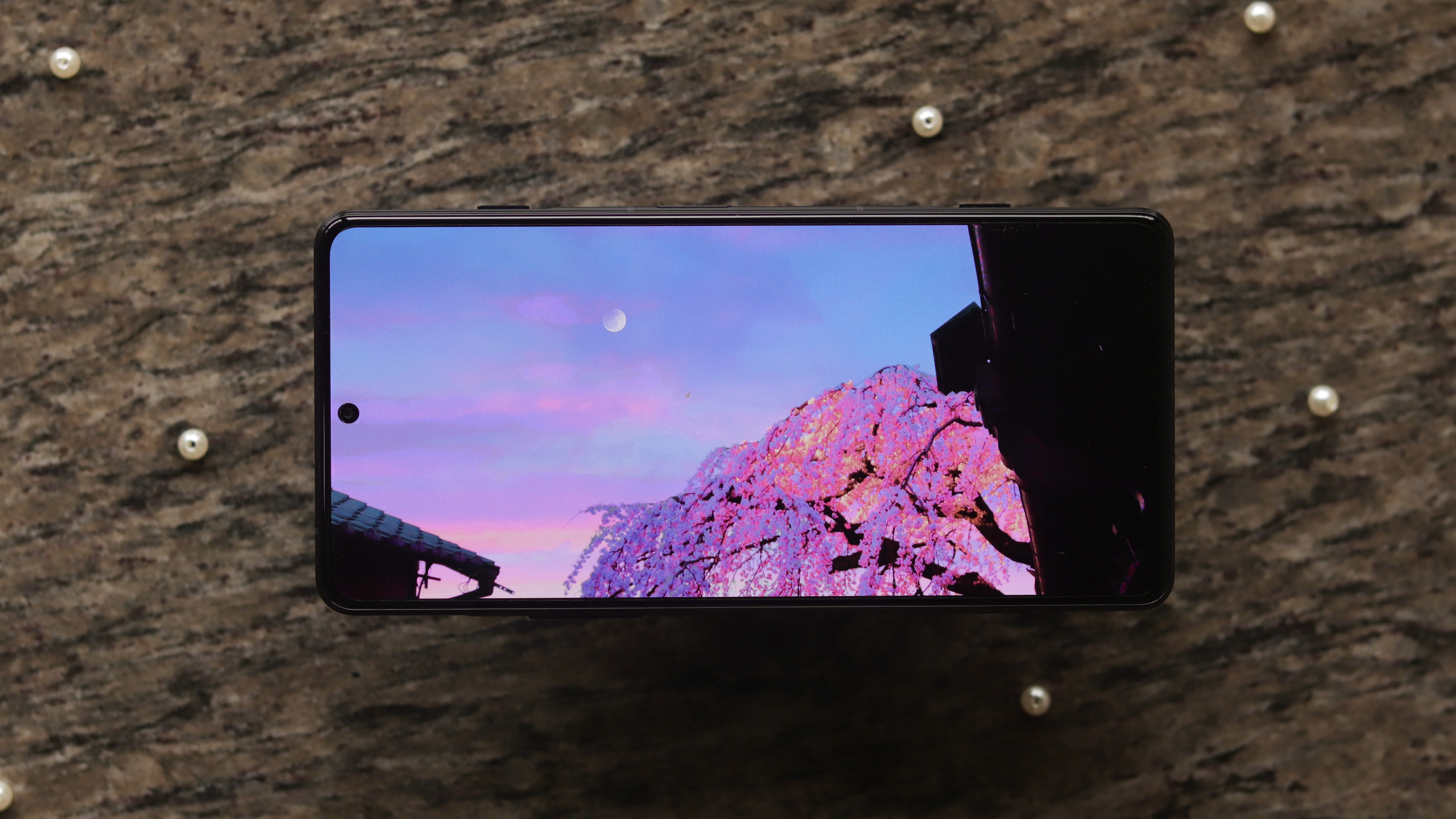
Wallpaper from Elora Pautrat
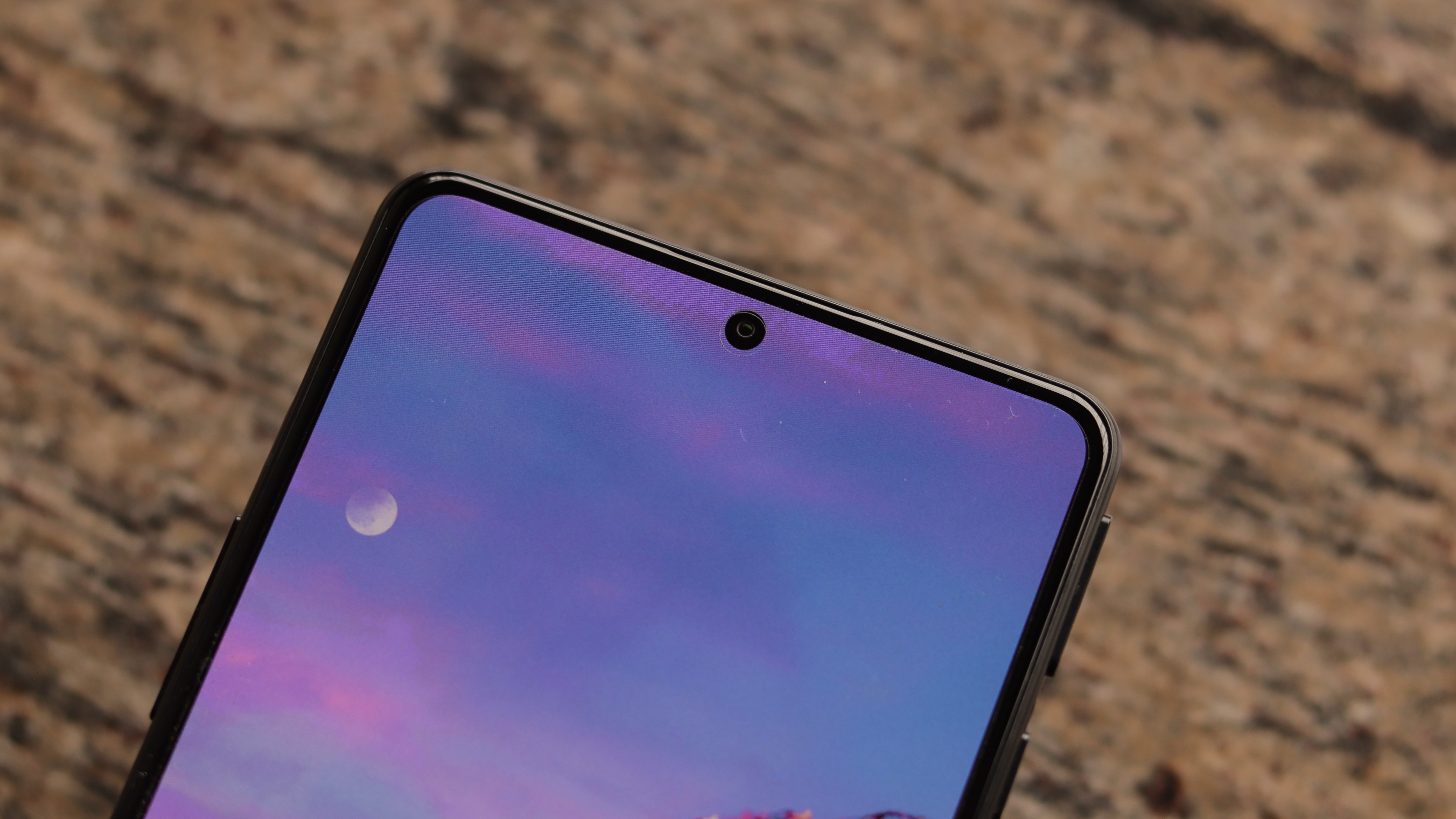
In the past, Poco has avoided using using AMOLED screens on its smartphones citing reasons such as inconsistent quality and a lack of proper DC dimming. While we believe that it’s more of a cost factor, we’re glad that the Poco F3 GT changes that.
One of the cheapest phones with a Samsung E4 panel, the phone comes with a Full HD+ “Turbo” AMOLED display that spans 6.67-inches across and has a variable refresh rate of 120Hz. While gaming, the touch response rate can be increased to 480Hz to make touches and swipes more responsive. Other features include HDR10+ certification, Gorilla Glass 5 protection, 1,300 nits of peak brightness and a lot more.
We’re happy to report that all of these combine to make the Poco F3 GT’s display one of the best in this segment, with incredible colour fidelity, extremely high brightness levels and a ton of clarity. It is a great showcase of HDR10+ visuals for supported content, with high levels of contrast and dynamic range.
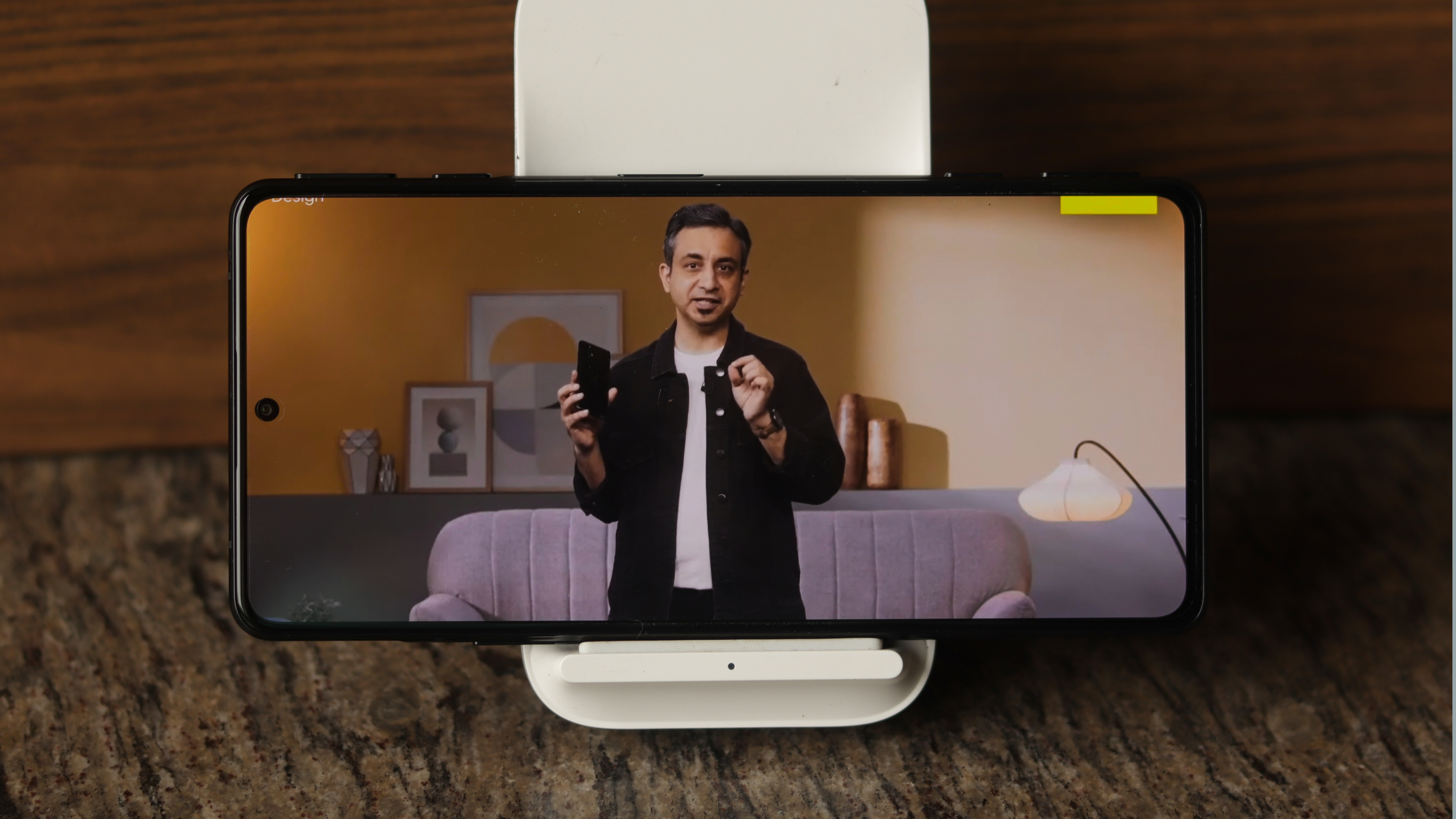
At 6.67-inches, it has an aspect ratio of 20:9 that is a tad wider than most other recent phones. The bezels are equal on all sides, which is to say that they are quite thick. One could argue that they provide more space for holding the phone comfortably while gaming without triggering accidental touches.
We also had no problems using the phone outdoors, under direct sunlight. The max brightness was always adequate to retain legibility.
With a 120Hz adaptive refresh rate, we found the Poco F3 GT to be quite fluid during most operations without taking much of a toll on the battery life. The software also seems to be well optimized to understand and scale the refresh rate as per the content.
There’s no under-display fingerprint scanner, as biometrics are handled by the power button that has one embedded in it. It is way quicker and far more reliable than an optical implementation, but it does make the right side of the phone quite busy.
Performance
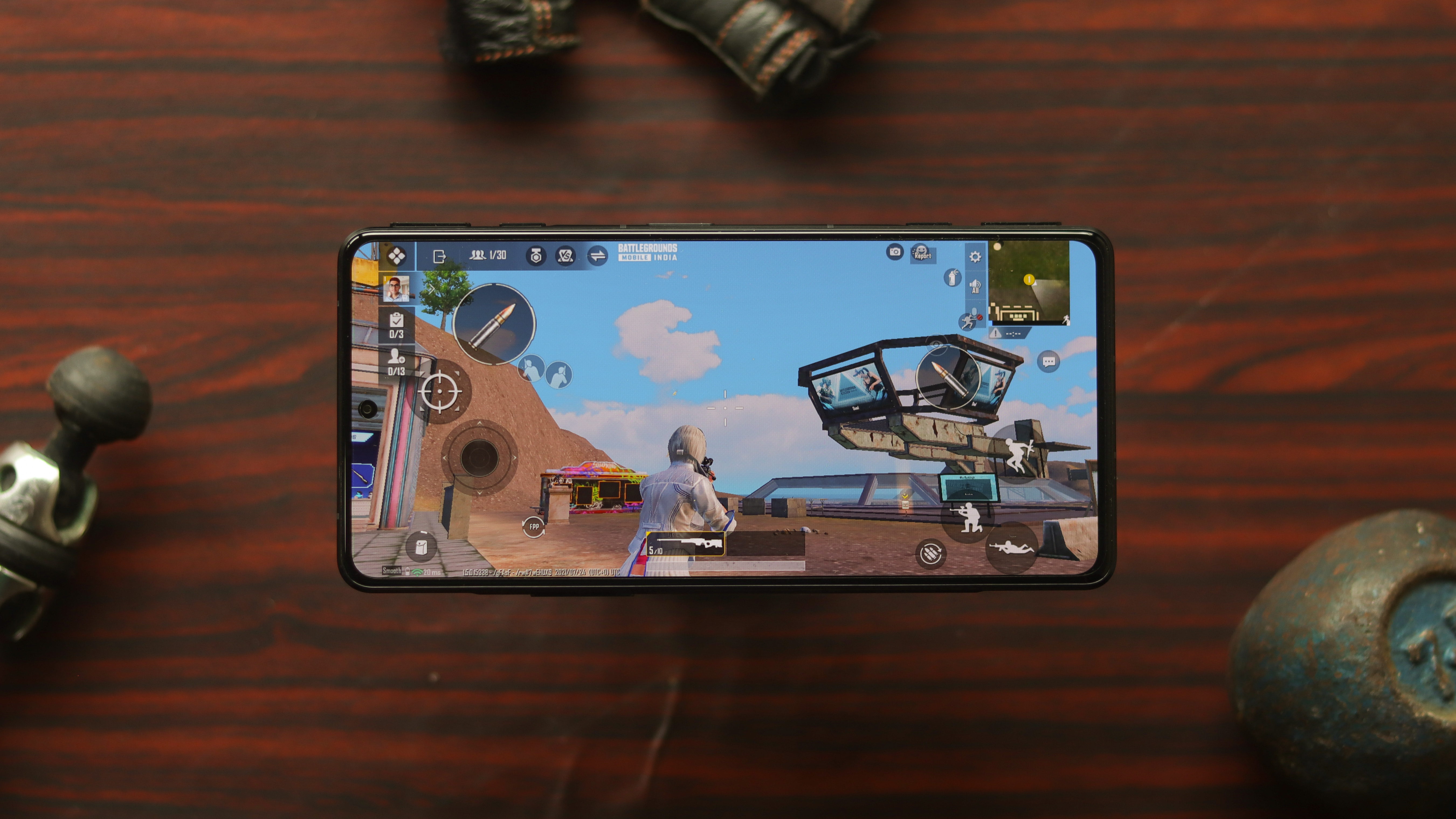
Historically the strongest point of Poco, the Poco F3 GT goes rather modest here with the MediaTek Dimensity 1200 chipset. It is a 6nm processor with a peak frequency of 3GHz. It is paired with up to 8GB of LPDDR4X RAM, UFS 3.1 storage and 5G capabilities. In India, it supports the N77 and N78 5G bands.
Expectedly, it performs really well for most of the daily usage apps and services. Things get interesting when we get to gaming though. The CPU is quite comparable to its Snapdragon counterparts but its the GPU that can seem inadequate while playing the most demanding games.
For example, Battlegrounds Mobile India would default to Ultra (40fps) on HD/HDR settings, but would need to drop down to the lowest Smooth setting to achieve Extreme (60fps) graphics. Devices with the Snapdragon 860 or 870 are able to outperform this. Moreover, they are also more stable.
Poco even made big claims about the eight-layer cooling structure and vapour chamber for better thermal management, but in our usage, we found the phone to be just average in this regard. While there was no overheating, the top part of the phone and the frame around it would often get warm — nothing alarming, but worth mentioning.
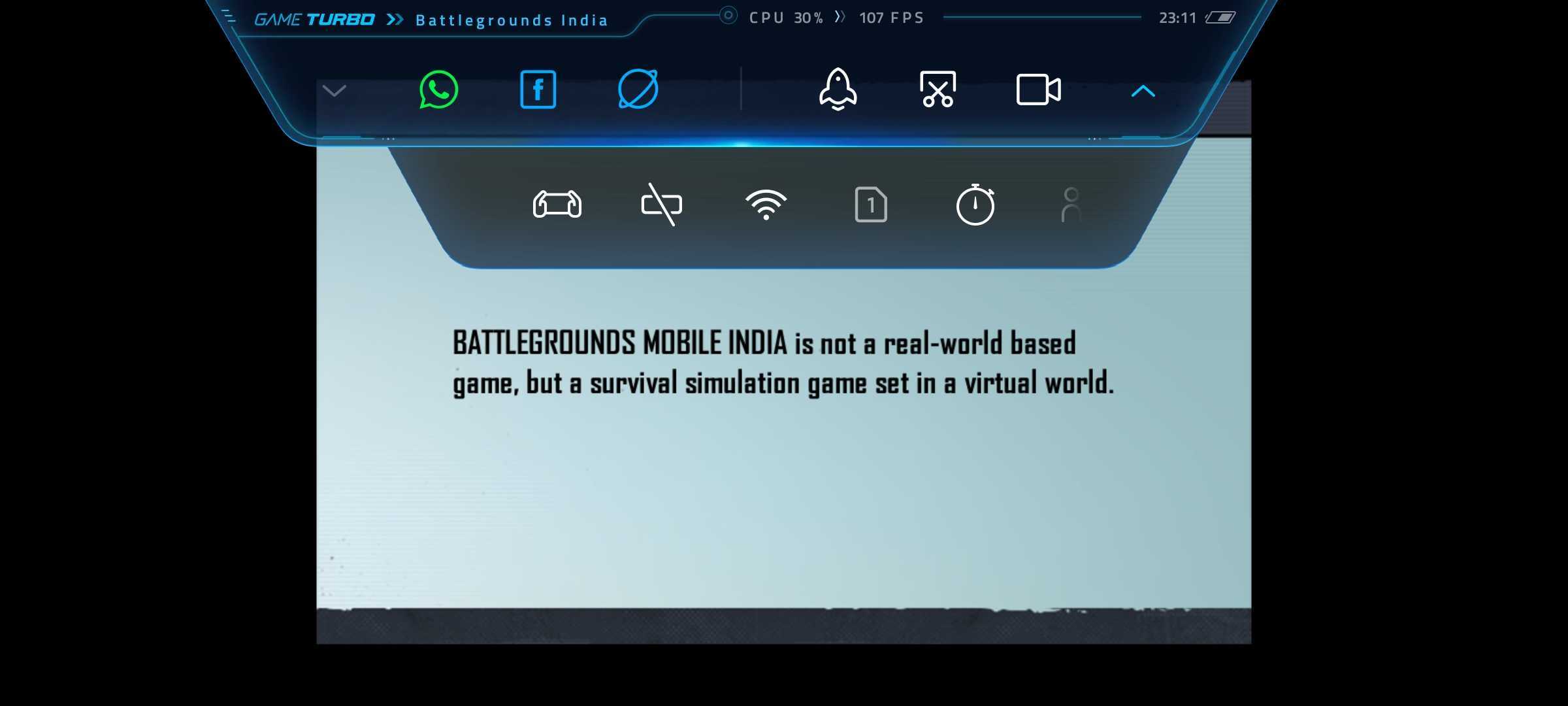
Let’s take a minute to talk about the gaming experience. On the software front, you get Game Turbo which is an overlay for quick toggles and shortcuts to important actions such as screenshot and screen record, network settings, shoulder buttons, floating windows for chat apps and more. It’s a very useful suite of features.
And then of course, we need to talk about the gaming triggers on the Poco F3 GT. Via Game Turbo, they can be mapped onto any two points on the screen, which was quite easy to set up. Unless you have small hands or a different grip, you might find the buttons to be a little too close to the outside, which is not the place where fingers will usually rest. Though, with some adjustment we were able to find the sweet spot. Once habituated, it really helped us respond and act quicker. The buttons themselves could’ve been slightly softer to make intense tapping easier.
It runs on Poco UI, which is a slightly modified version of Xiaomi’s MIUI based on Android 11. It’s a lean skin but comes with a lot of pre-loaded apps and services, most of which can be removed or disabled. The theme store allows for a lot of customizations while MIUI enables further interface modifications. There are no ads in the interface, and even stray notifications were rare.
Having said that, it wasn’t a perfect experience as app crashes and bugs were still present. We also observed that the phone takes quite long to unlock after it has been lying idle for a bit. These could be fixed via future software updates.
Battery
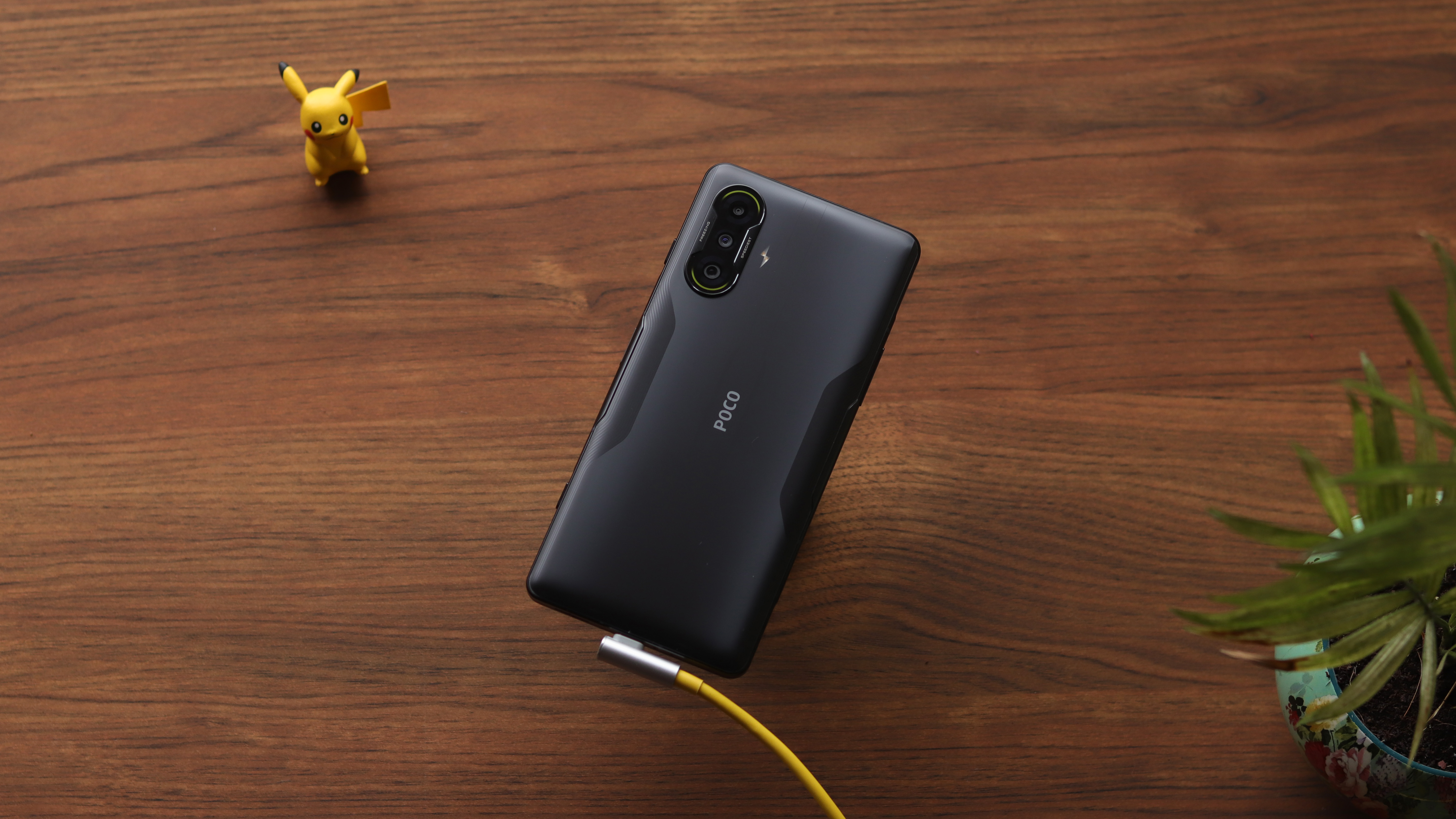
Charging the Poco F3 GT at 67W
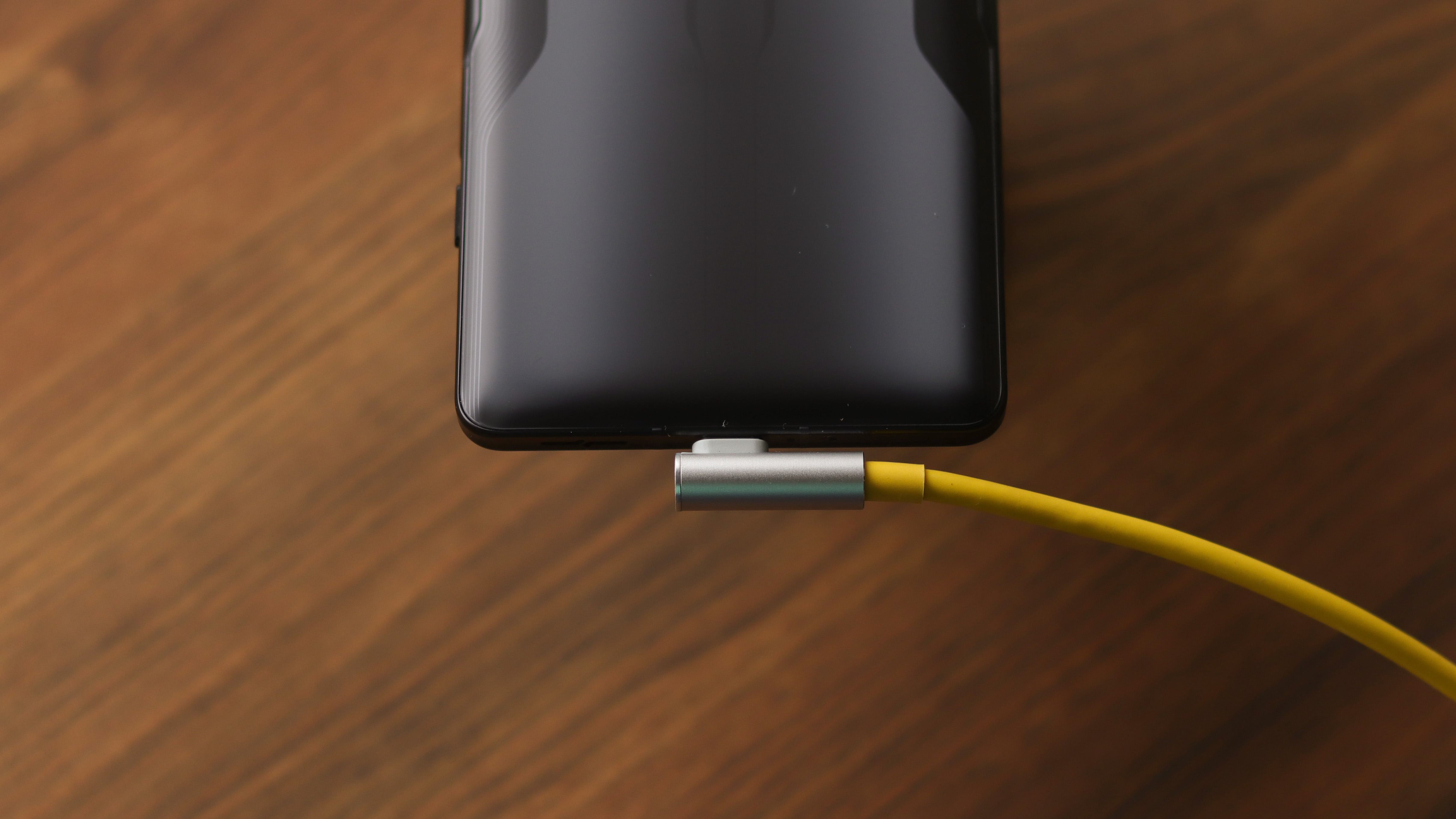
The Poco F3 GT runs off a large 5,065mAh battery, which provides excellent battery life. We were able to reach the end of the workday with ease, often lasting halfway through the next one. With moderate use, 6 to 8 hours of screen-on time is also possible.
It is also the first Xiaomi phone to ship with a 67W charger in the box. It is a very fast charger which goes from 0 to 50% in less than 20 minutes! A full charge takes close to 50 minutes, but Poco suggests that the slow-down is to preserve battery health. There’s no wireless charging, but that’s the norm at this price.
We loved the included charging cable. It has a distinct yellow colour to stand out in a bag or a drawer, and comes with an angled USB Type-C connector which allows for easier sideways holding while the phone is being charged.
Camera
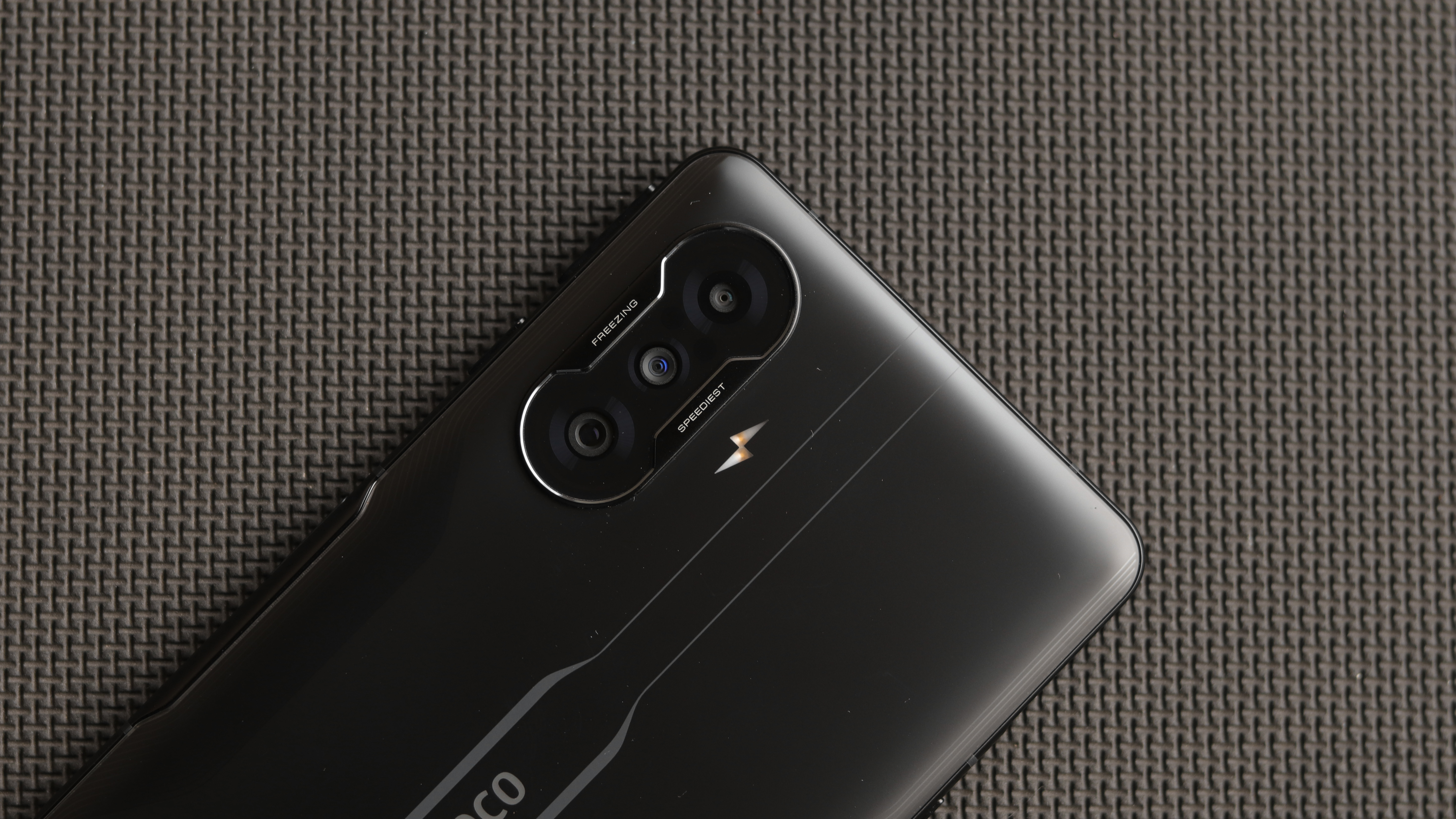
The Poco F3 GT has a triple-camera array, with a 64MP f/1.65 primary camera, an 8MP ultra-wide lens and a 2MP macro shooter. While these are standard for most phones these days, the execution left us underwhelmed.
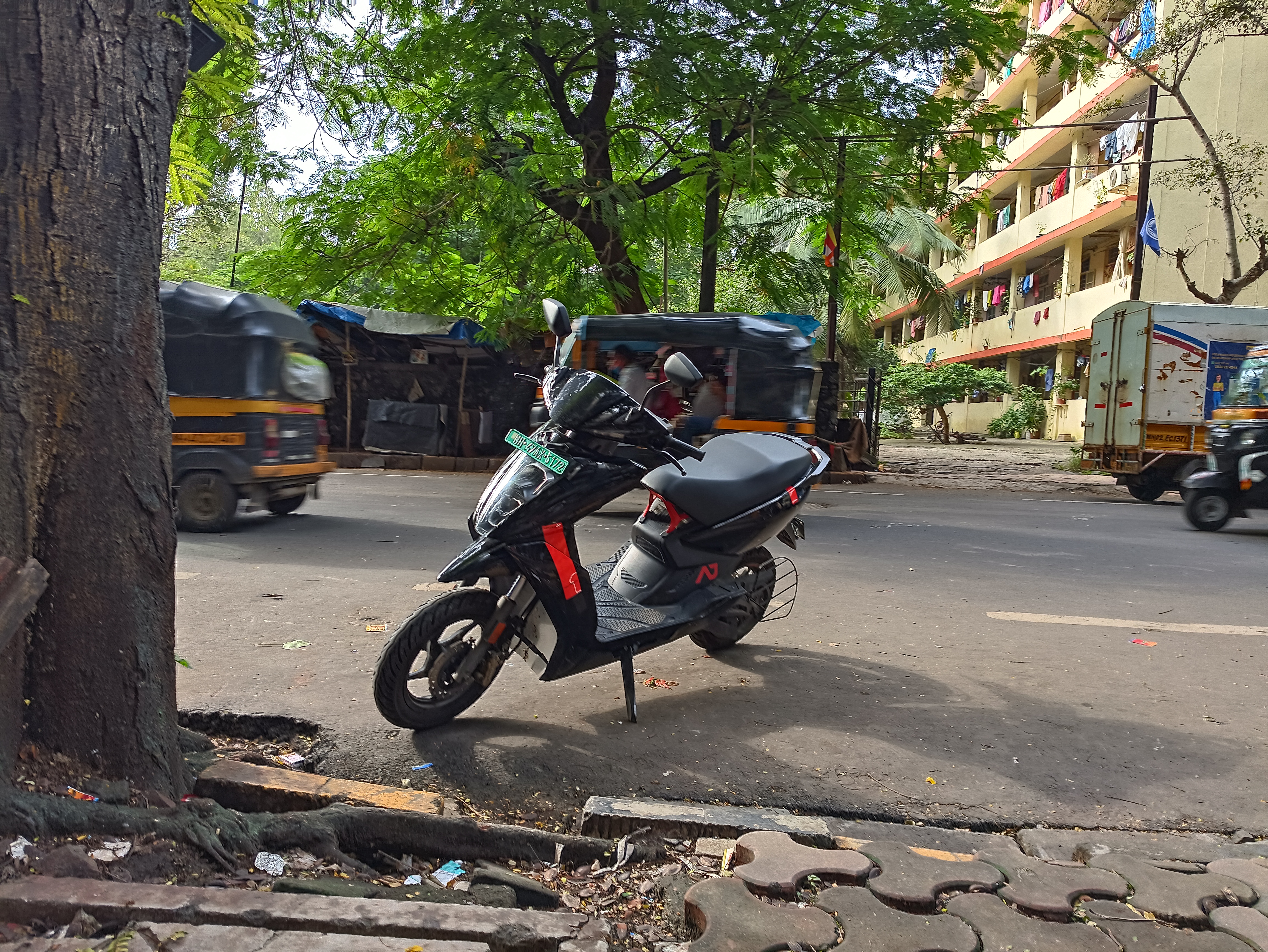
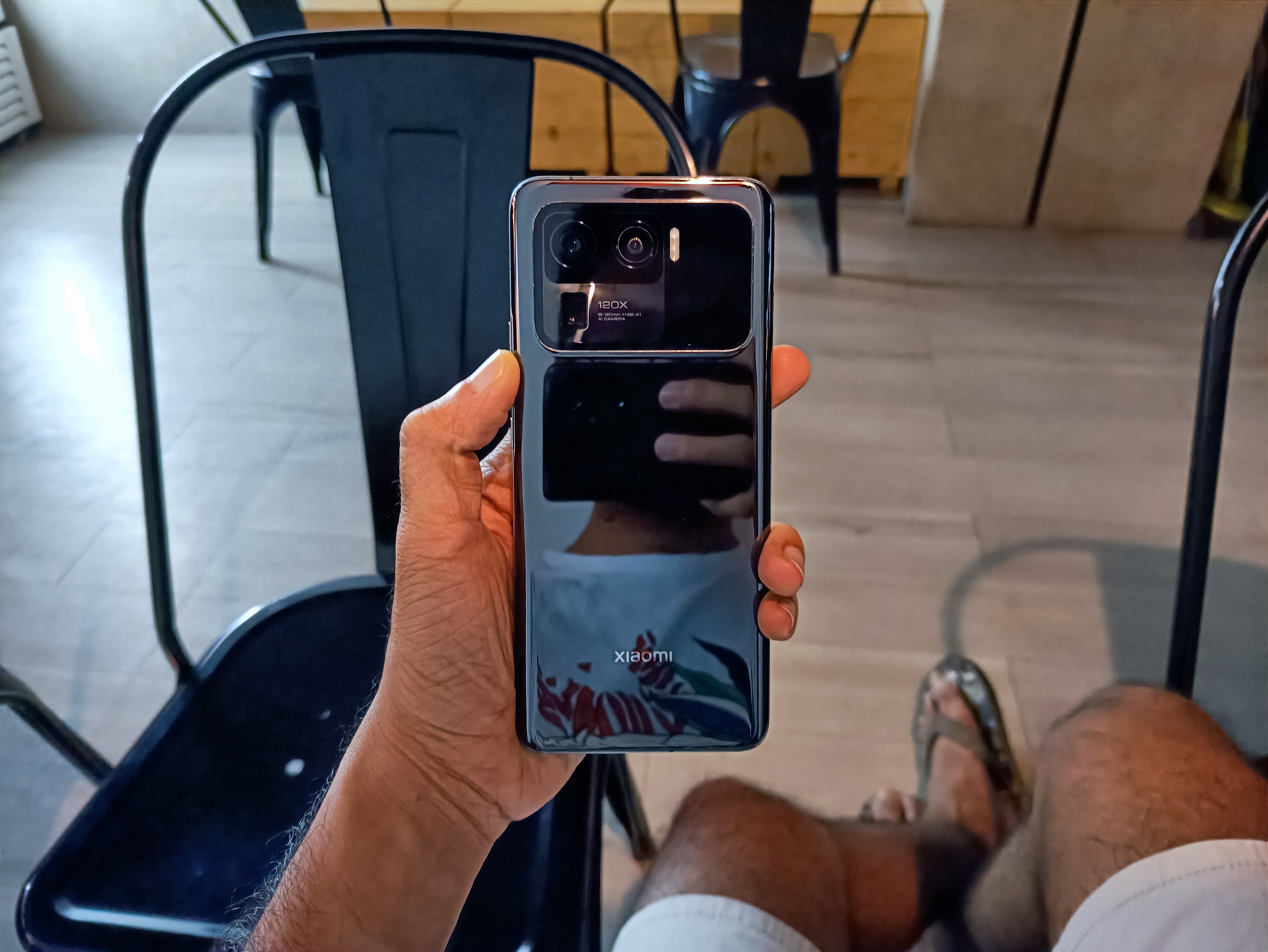
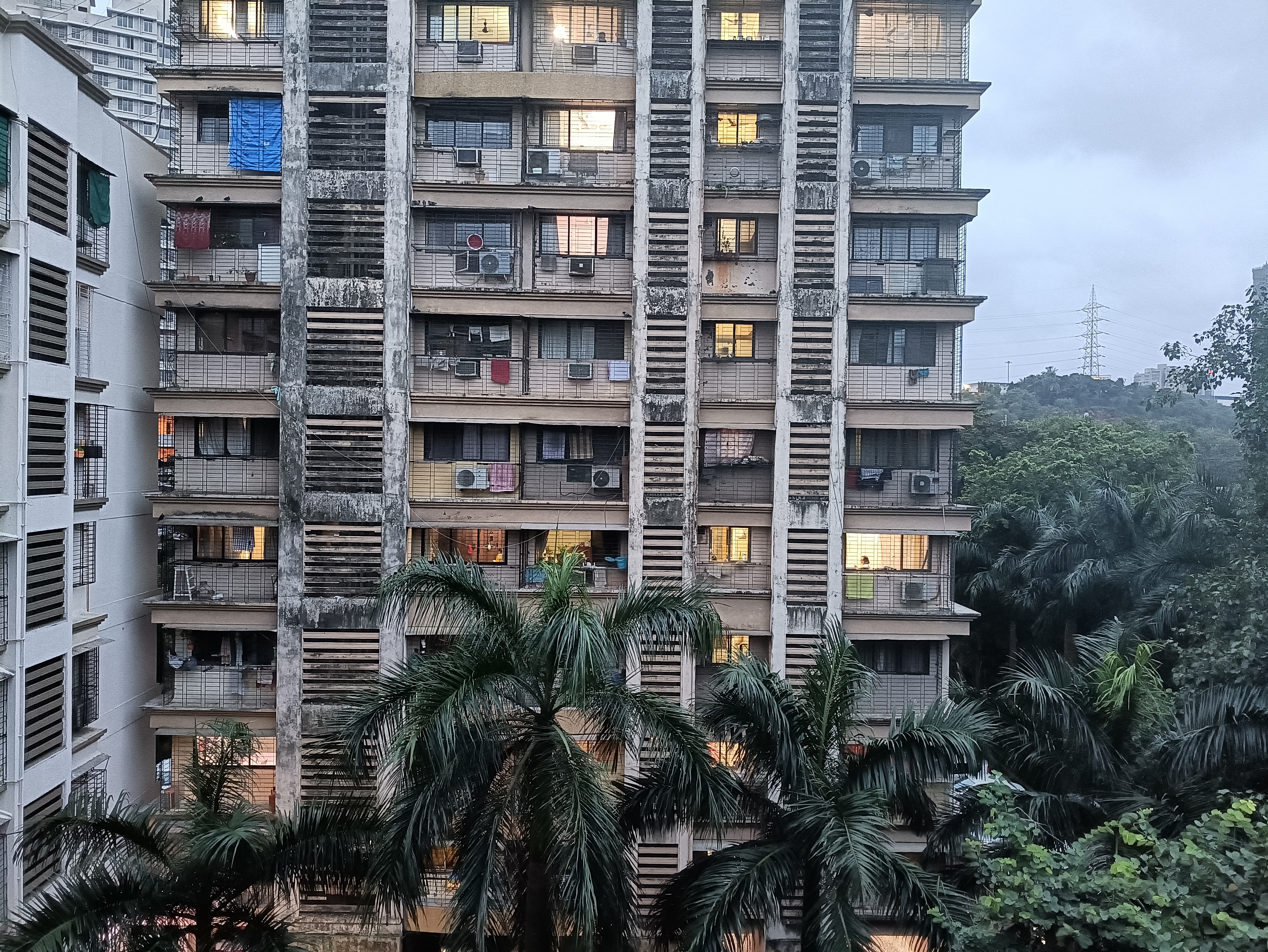


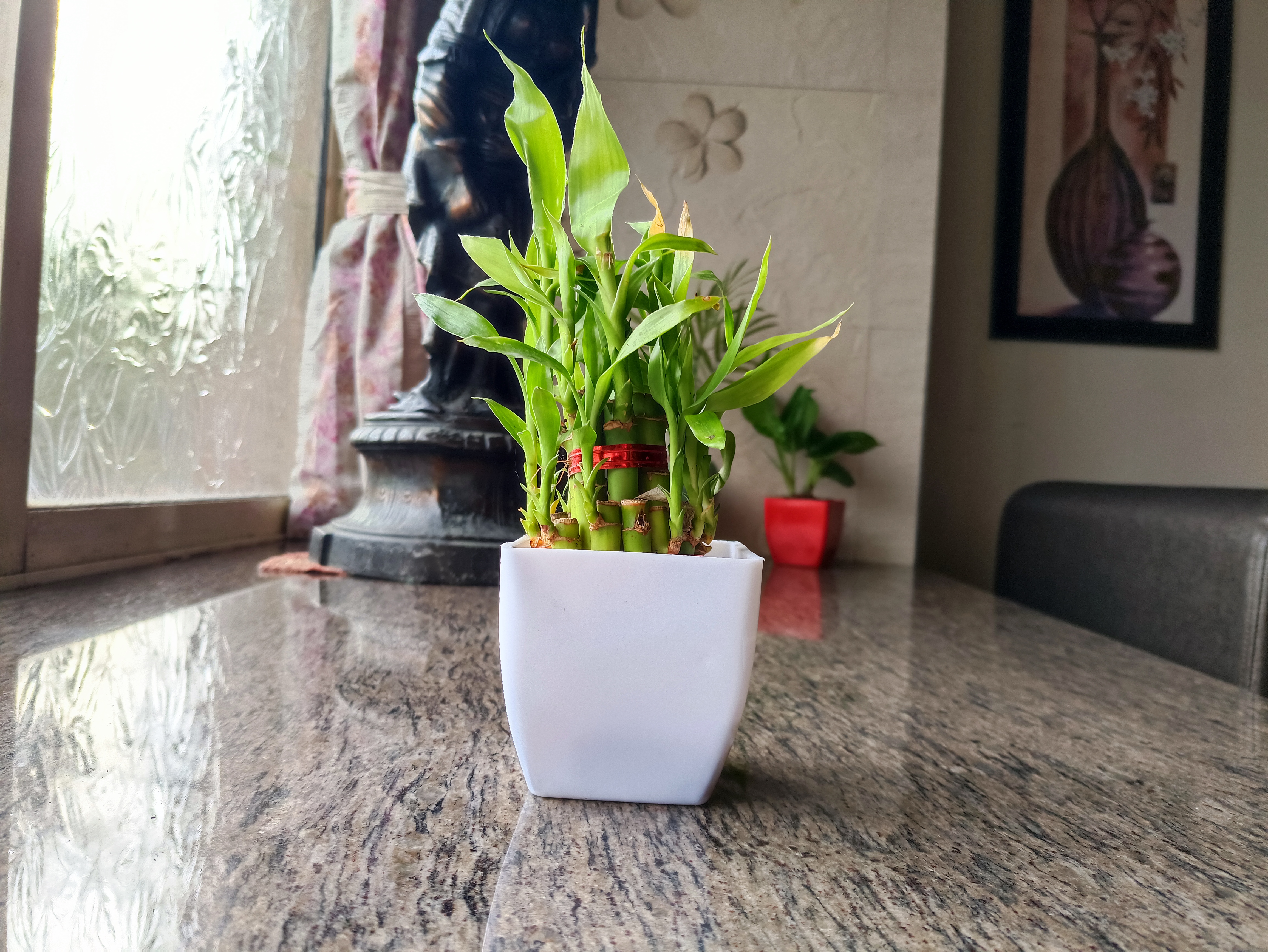

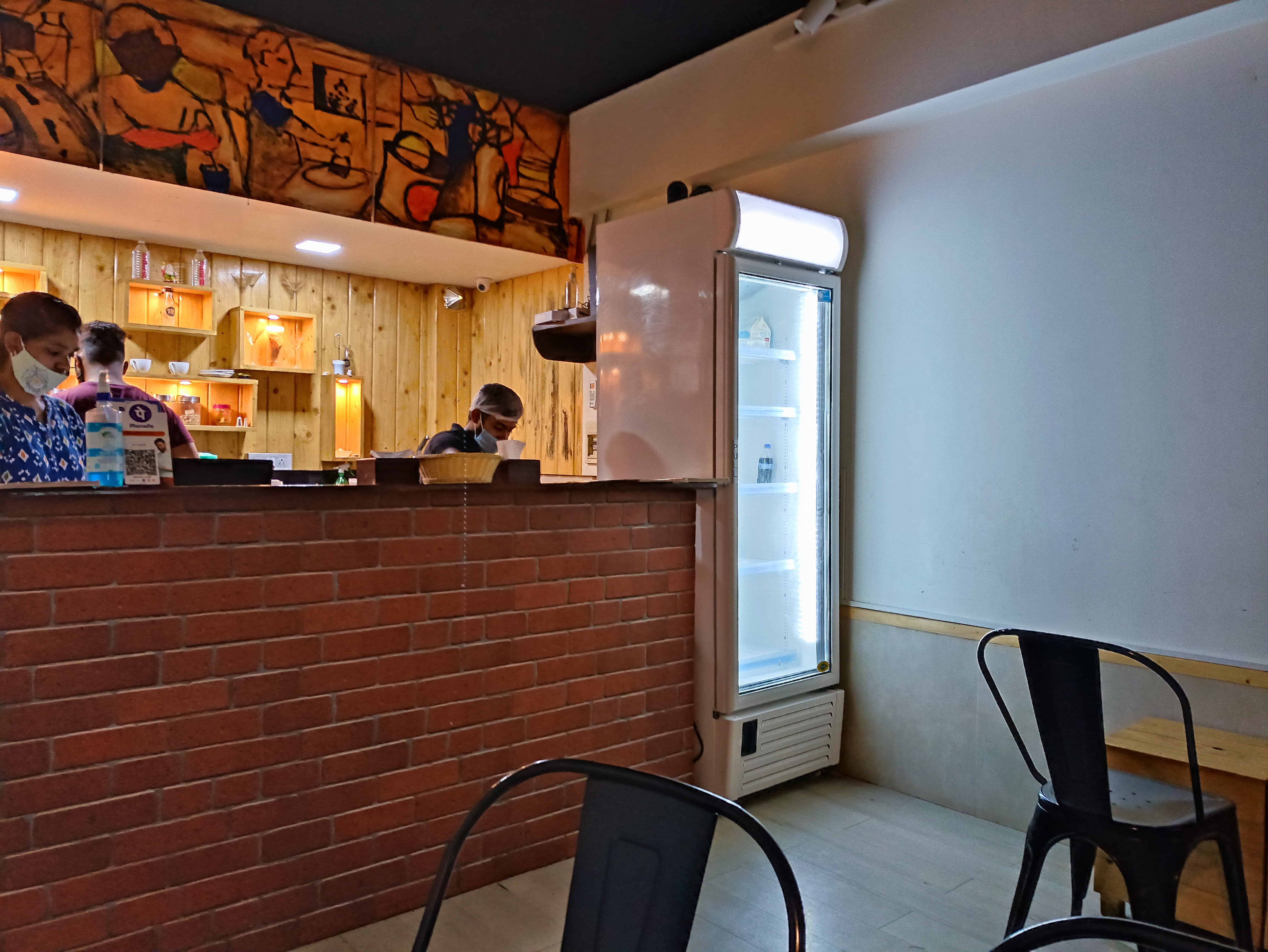

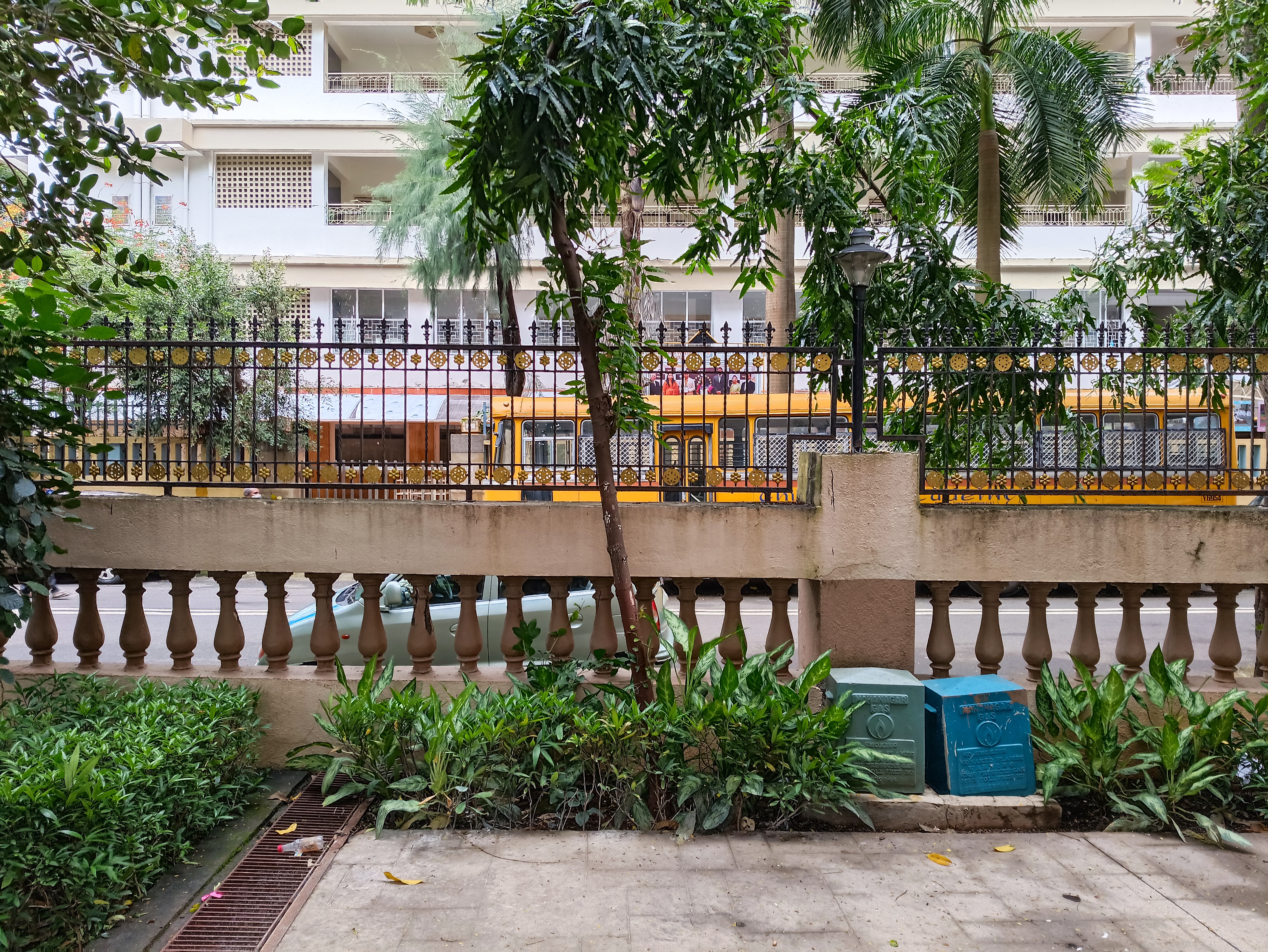
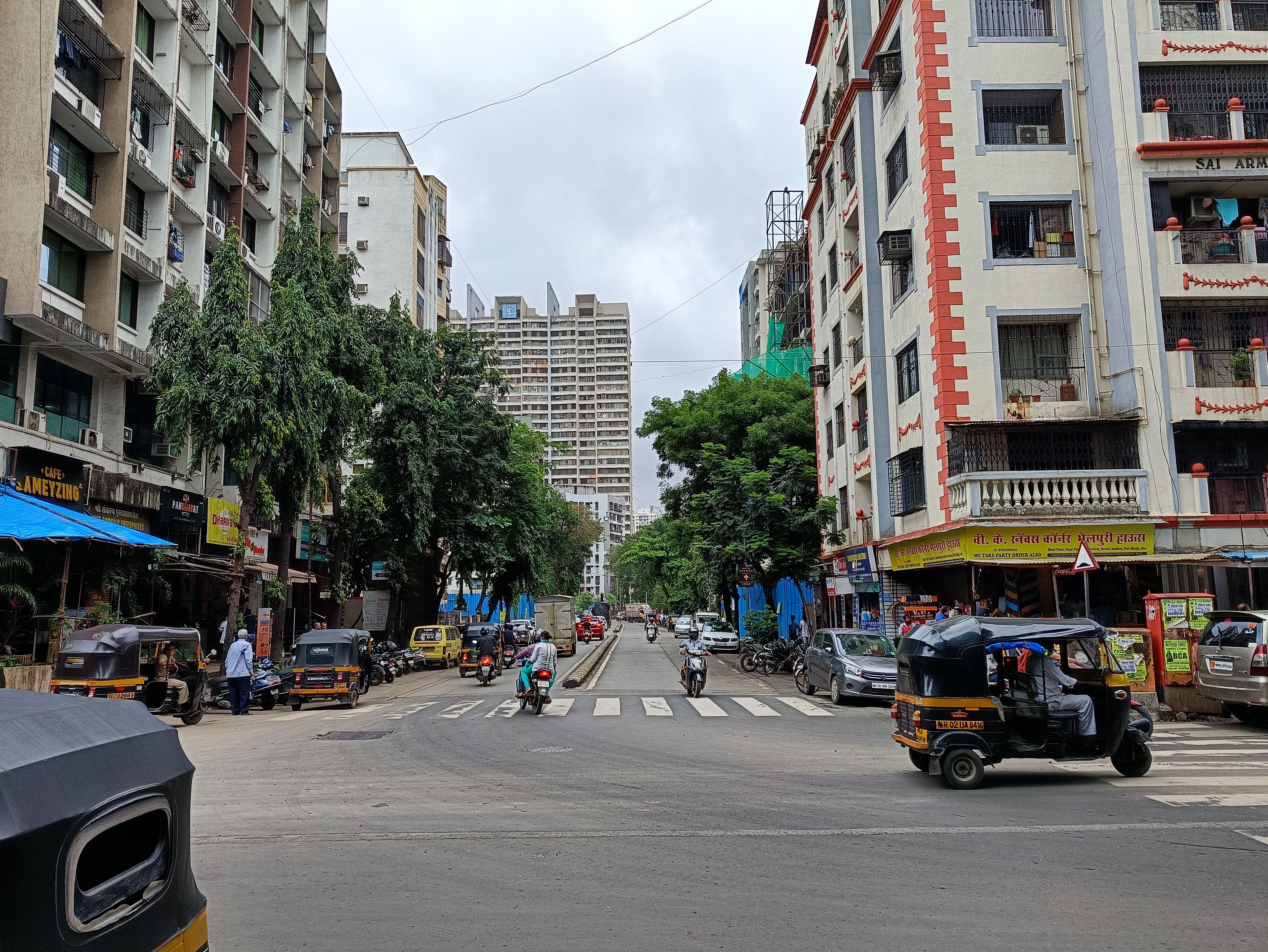
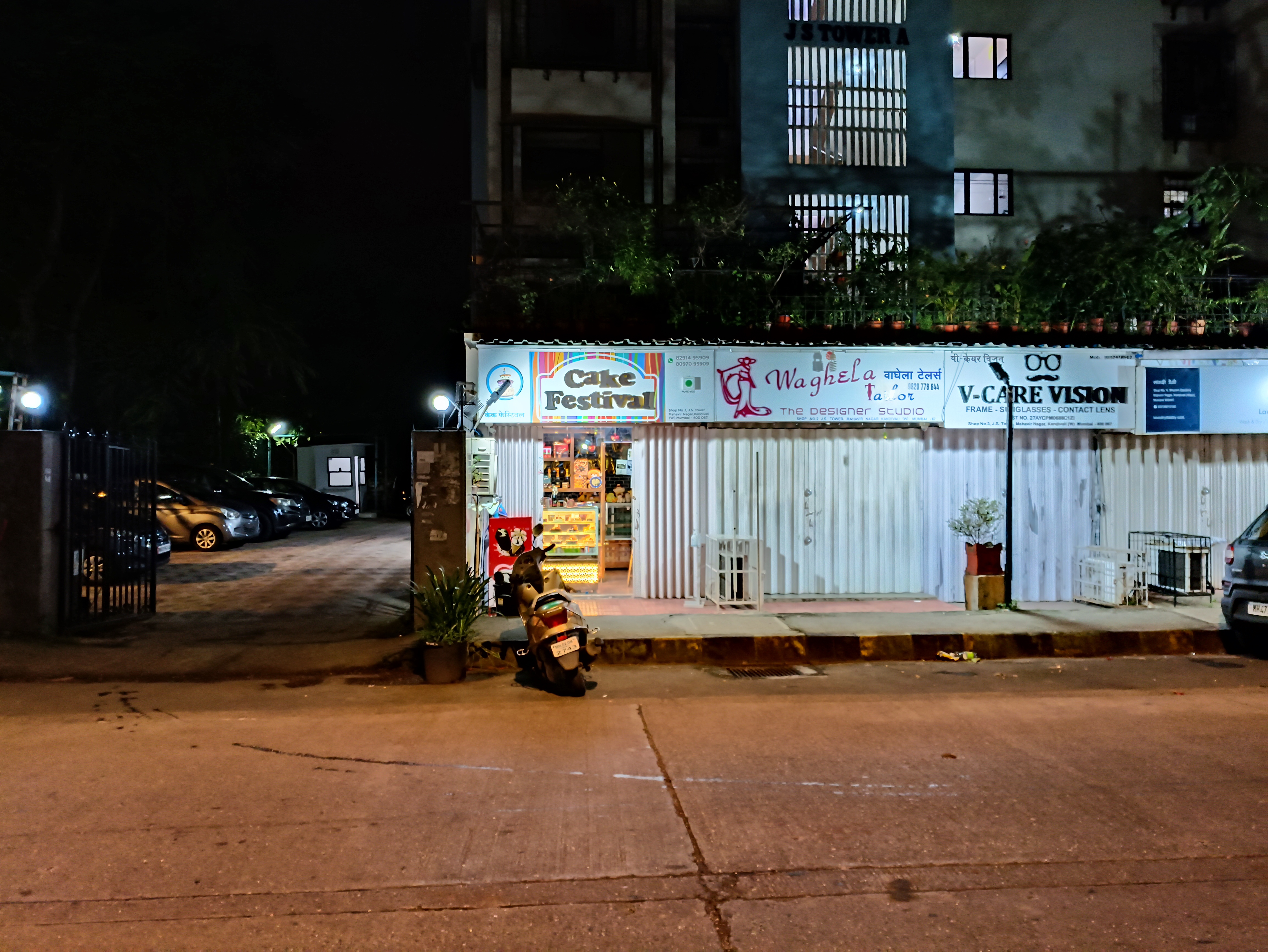
The primary sensor, even with its fancy low-dispersion glass, failed to produce exciting results. Day-time shots are fine, but they fall apart quickly when zoomed in. Colour temperature and sharpness were inaccurate too. Poco tells us that it is using sensors from multiple vendors (the initial units will use OmniVision sensors), but assures that that won’t be a reason for bad performance.
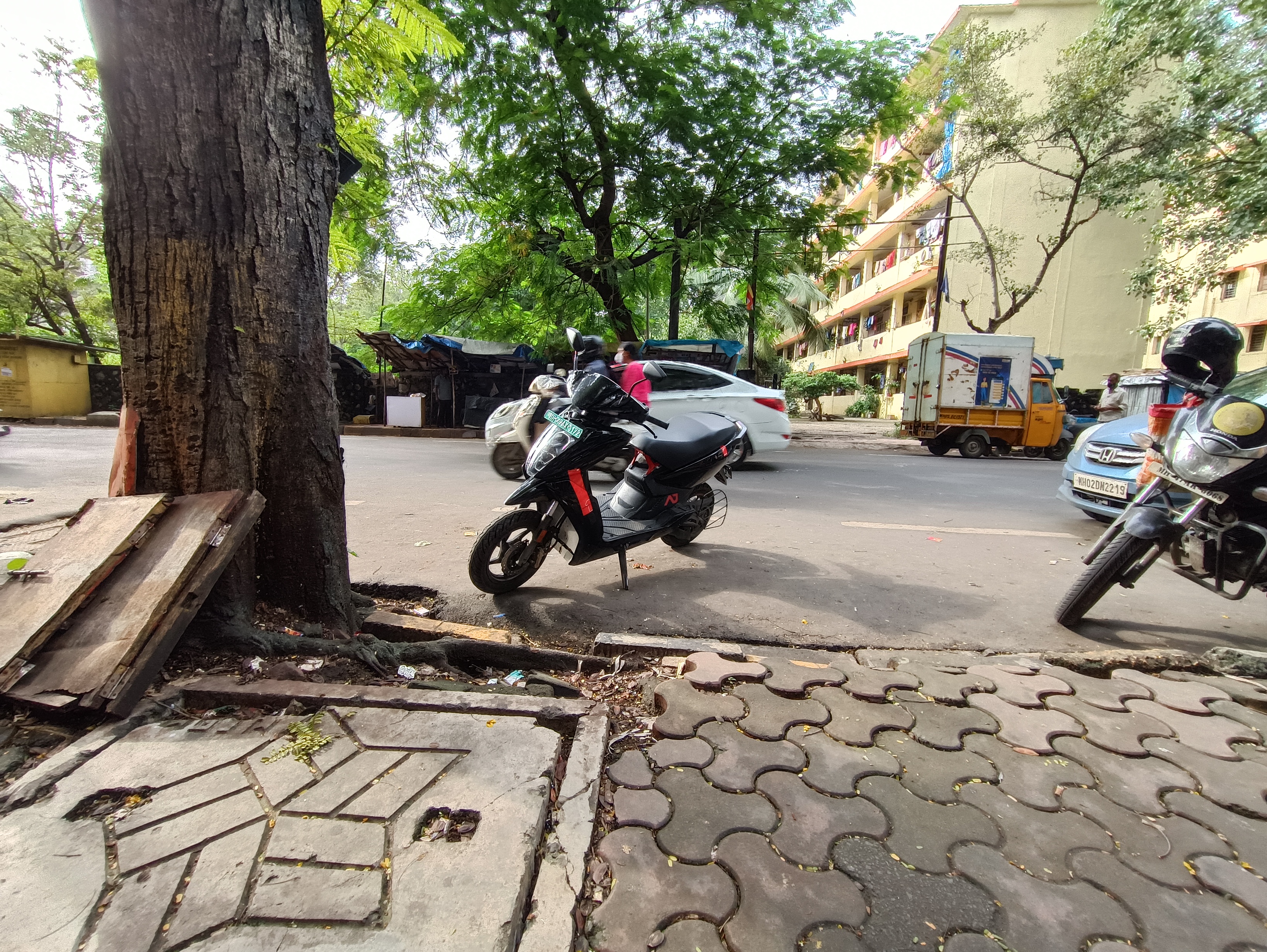
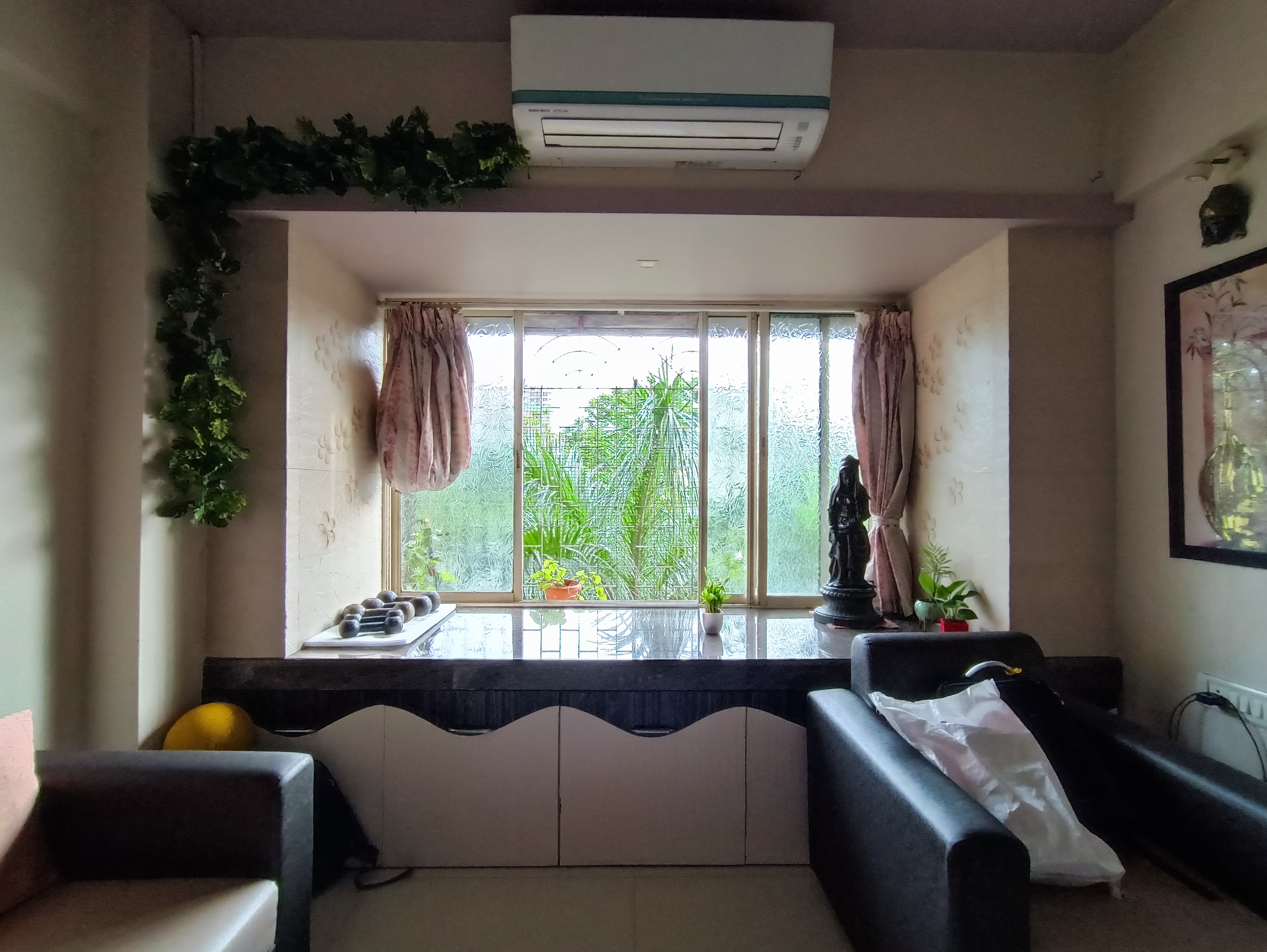
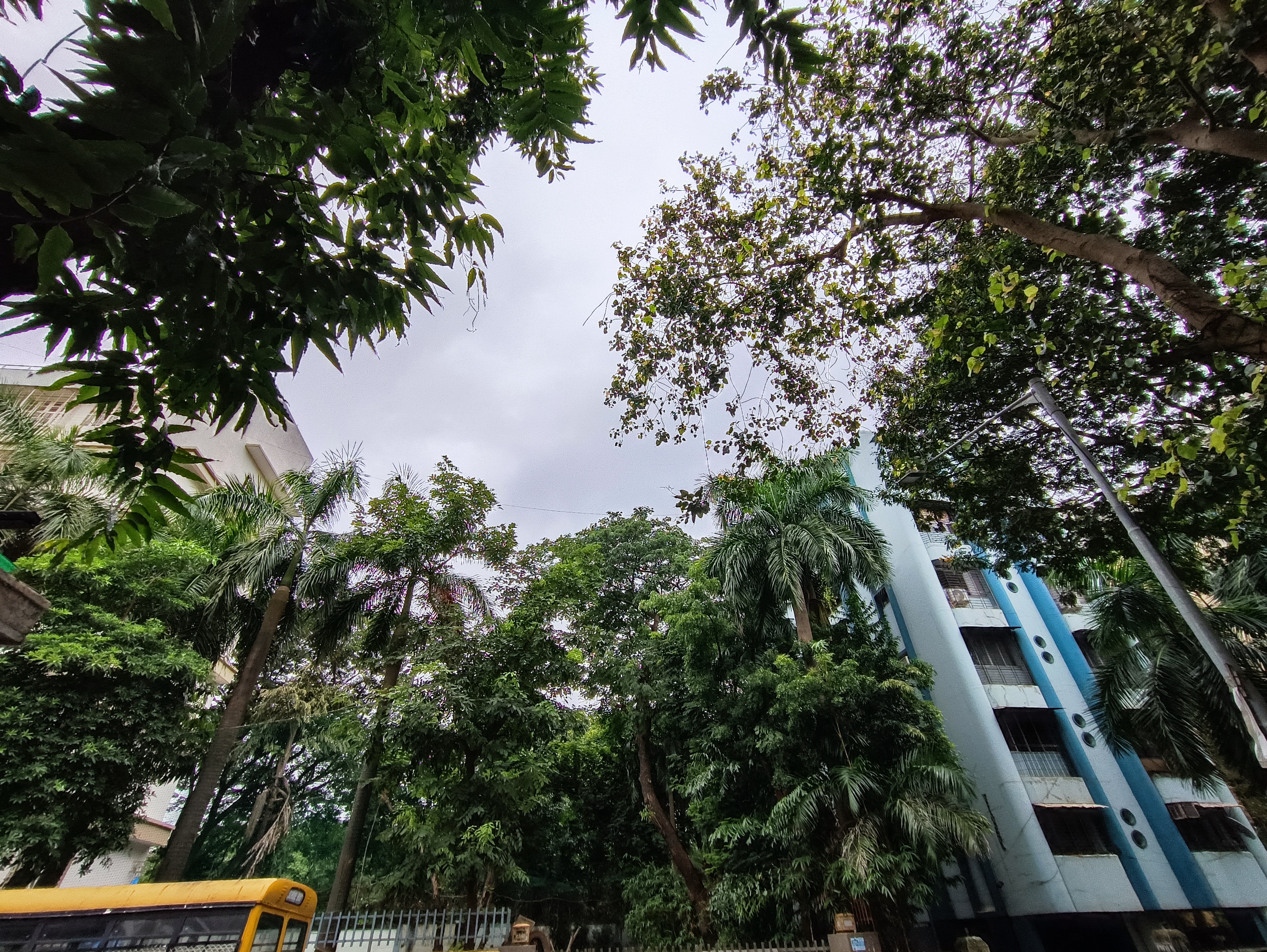

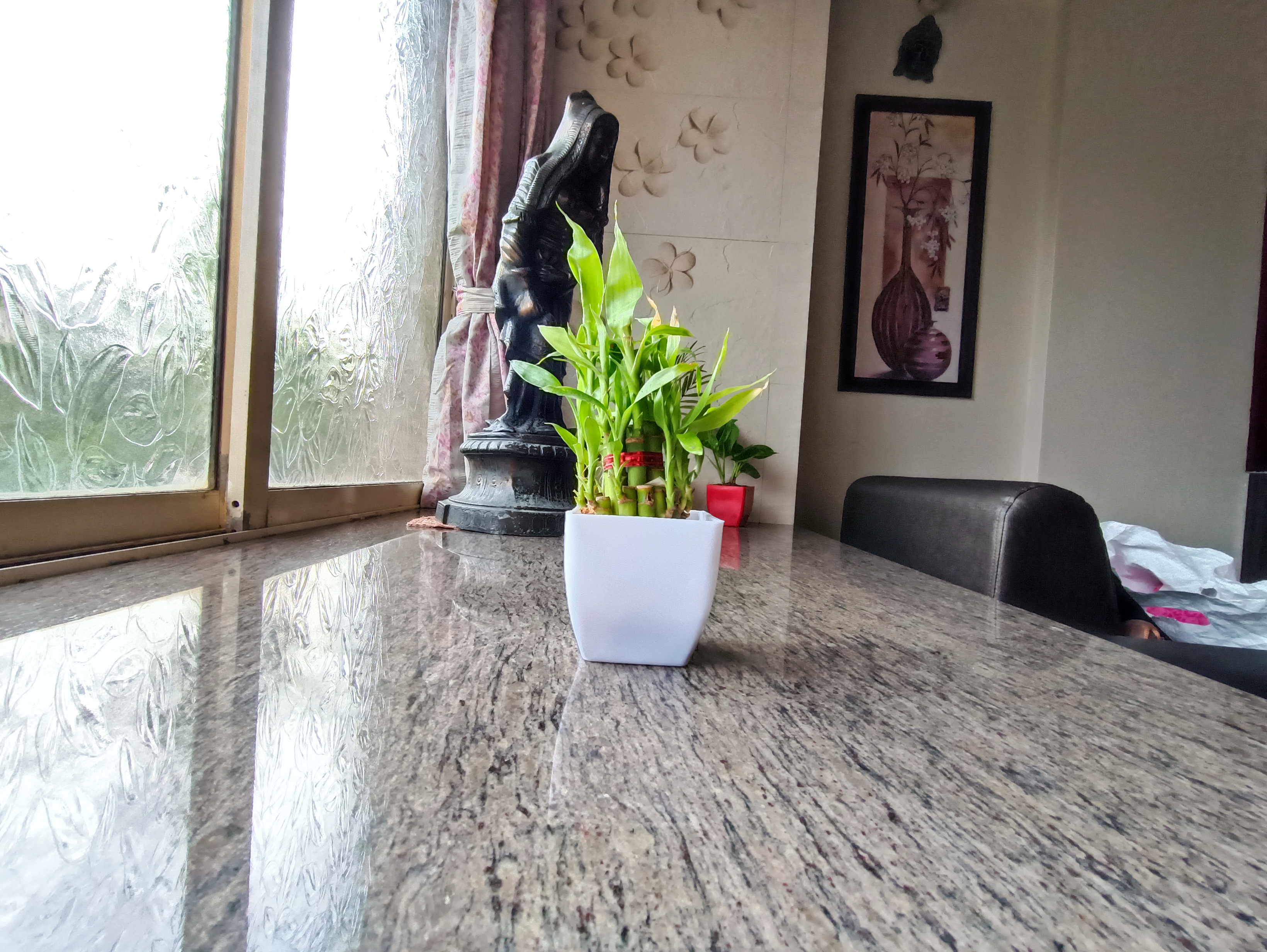


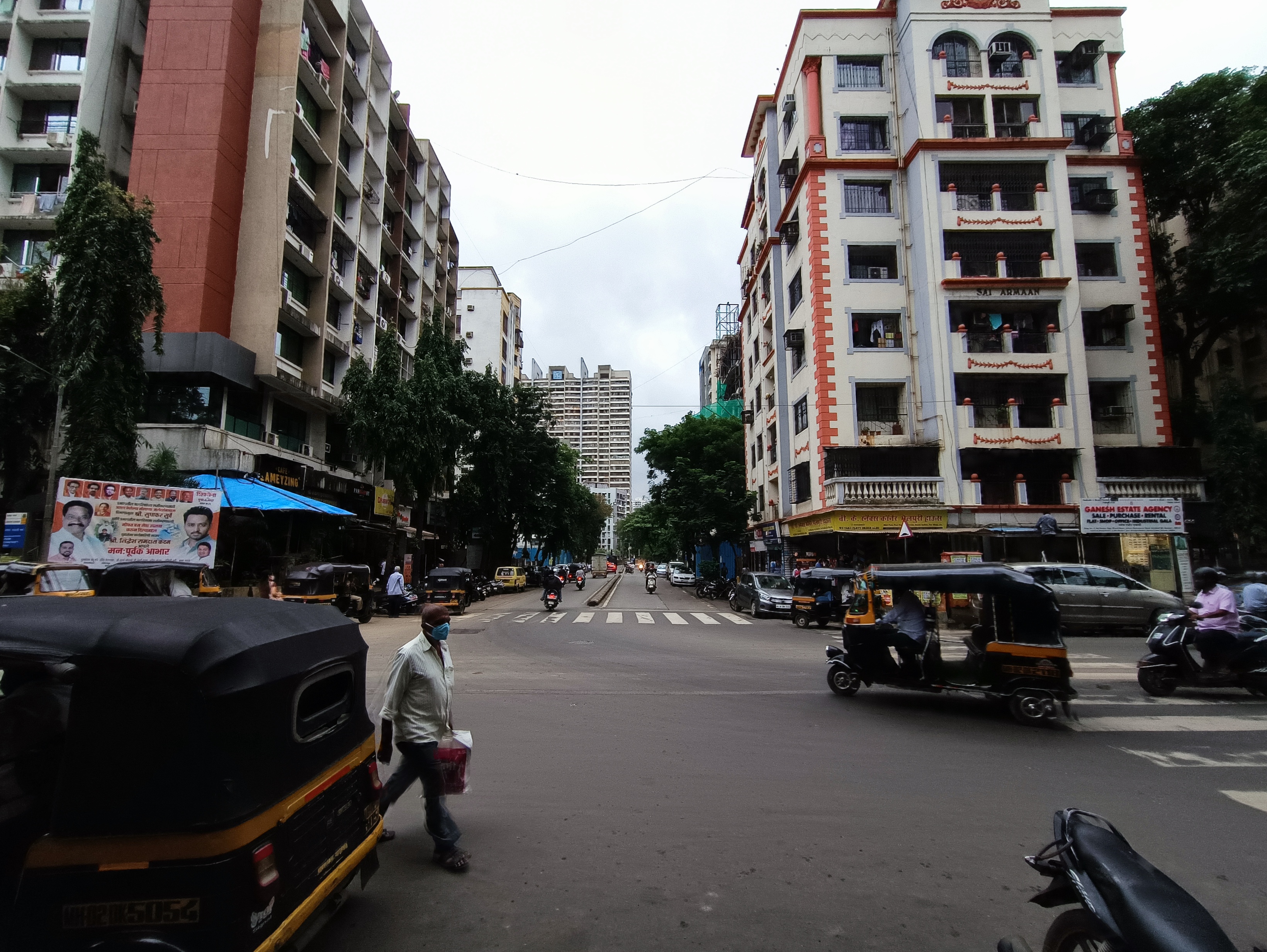


The ultra-wide lens goes back by a few more steps, with far fewer details and strength in the images. The macro shooter was quite bad too — even worse than what the Redmi Note 10 series offers for half the price.
Credit where it’s due: MIUI’s camera app is very simple to use and has a robust set of shooting modes and software-based features that somewhat make up for the lack of great imaging.
Verdict
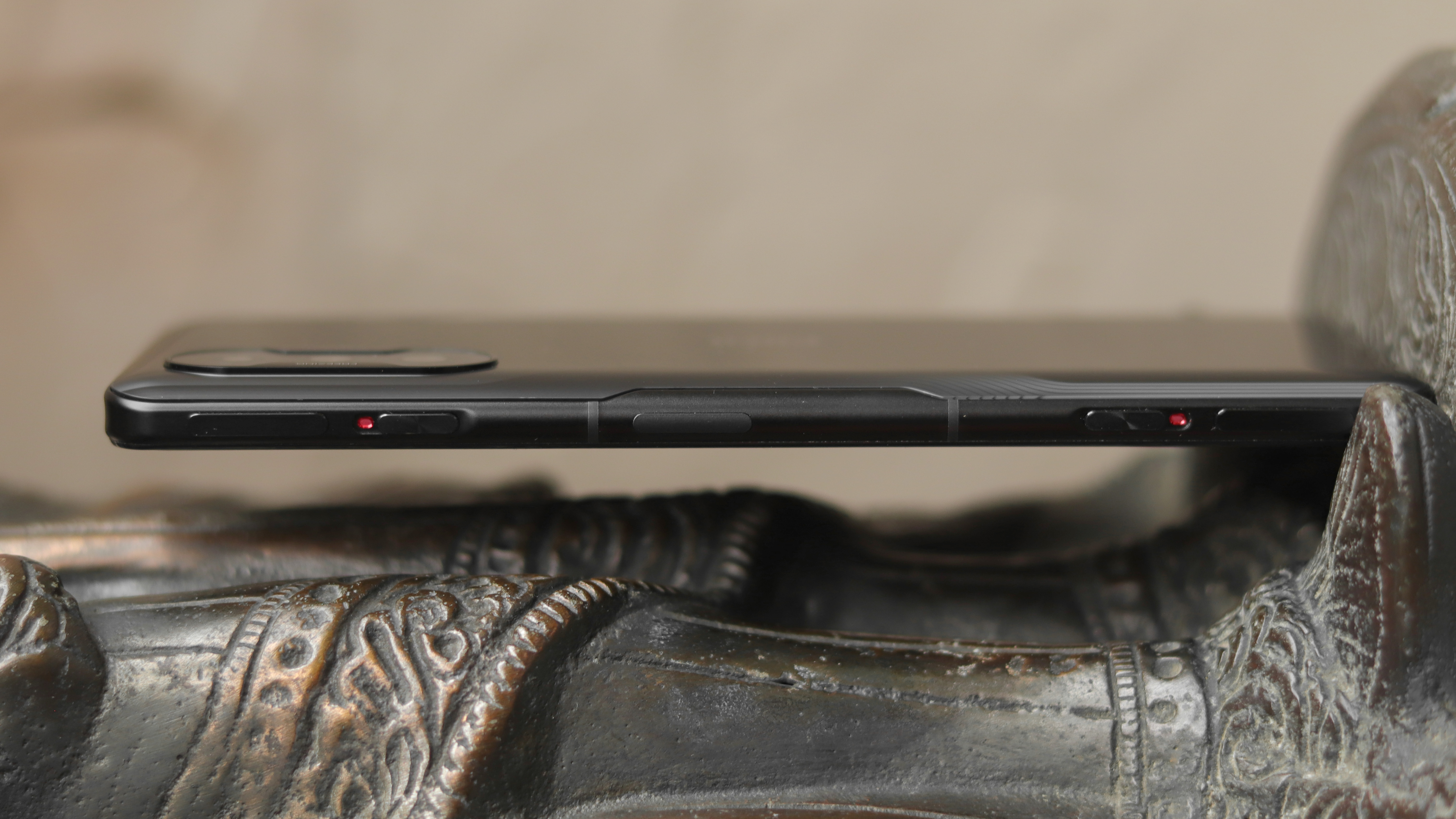
Buy it if...
You want the best gaming experience at this price
Along with a capable chipset, the Poco F3 GT comes with additions such as dedicated shoulder buttons and a comprehensive gaming mode, both of which are rare.
You prefer your phone to look unique
The Poco F3 GT is not only one of the best-designed phones, but it looks rather cool with a multi-texture back, light-up cameras and tons of accents.
Battery life is a priority
The large battery pairs well with the frugal software skin to provide long and reliable battery life, and the 67W charger is incredibly fast to help in emergencies.

Don't buy it if...
Photography is important to you
The Poco F3 GT’s camera performance is fine during the day but it drops quickly once the light goes down. The OnePlus Nord 2 and Realme X7 Max have more capable shooters.
You want something that is pocketable
While we like the design here, it isn’t the most compact or lightweight. It might also be a little too gaudy for some.
You’re looking for the best price-performance ratio
If gaming is all you care about, consider the Poco X3 Pro as it comes with a more capable chipset at a much lower price.
6GB+128GB: Rs 26,999
8GB+128GB: Rs 28,999
8GB+256GB: Rs 30,999
Aakash is the engine that keeps TechRadar India running, using his experience and ideas to help consumers get to the right products via reviews, buying guides and explainers. Apart from phones, computers and cameras, he is obsessed with electric vehicles.
